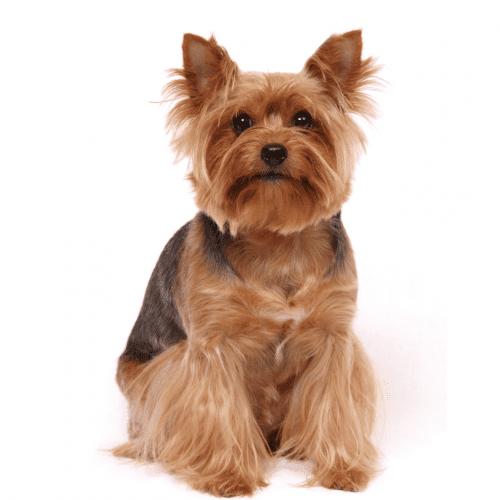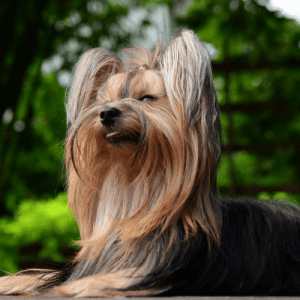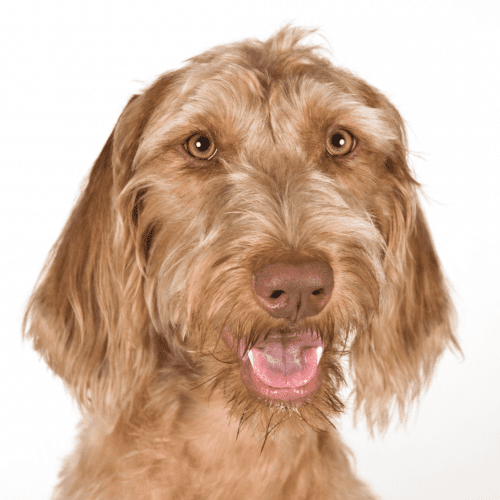Are you a dog lover looking for a small breed? There are many small dog breeds to choose from. Here, we will take a look at some of the smallest dog breeds in the world. So, whether you’re looking for a lapdog or just want a pint-sized pup to keep you company, read on for some great small dog options!
The category of smallest dog breeds encompasses a group of canines known for their petite size and adorable appearance. Regarding size comparison, these breeds typically weigh under 10 pounds and stand under 12 inches tall at the shoulder. Despite their small stature, these dogs exhibit unique characteristics such as being energetic, playful, and often having a big personality packed into a tiny body.
Health considerations for these small breeds include being prone to issues like dental problems, obesity, and hypoglycemia due to their size. Regular vet check-ups, a balanced diet, and proper exercise are crucial in maintaining their well-being. Training tips for small breeds involve positive reinforcement techniques and consistency, as they can be stubborn at times but are eager to please their owners.
Some popular breeds in this category include the Chihuahua, Yorkshire Terrier, Maltese, Pomeranian, and Toy Poodle. These breeds are beloved for their compact size, making them ideal companions for apartment living or individuals seeking a small, loyal pet.
Notable for their diminutive size and distinctive traits, the smallest dog breeds in this category stand out among their canine counterparts. These breeds exhibit unique characteristics that set them apart from larger dogs. Size comparison is a key factor, with these small breeds typically weighing under 22 pounds. Due to their small stature, they often have specific care requirements, such as being more susceptible to cold temperatures and requiring special attention during exercise to avoid overexertion.
In terms of temperament traits, the smallest dog breeds are known for being affectionate, playful, and sometimes even a bit sassy. Their small size can make them vulnerable, so they may exhibit behaviors like excessive barking or being overly protective. Training challenges can arise due to their size and sometimes stubborn nature, requiring patient and consistent training methods to ensure obedience.
Despite their small size, these breeds have big personalities and bring much joy to their owners with their unique characteristics and endearing qualities.
Within the smallest dog breeds group, notable representatives include the Chihuahua, Pomeranian, and Yorkshire Terrier. When it comes to size comparison, these breeds typically weigh between 2 and 7 pounds and stand at about 5 to 9 inches tall at the shoulder. In terms of temperament traits, Chihuahuas are known for being sassy and loyal, Pomeranians are often lively and extroverted, while Yorkshire Terriers are affectionate yet feisty.
Regarding exercise needs, these small breeds do not require extensive physical activity and can often fulfill their exercise requirements through indoor play or short walks. Grooming requirements vary; Chihuahuas have short coats needing minimal grooming, Pomeranians have a thick double coat that requires regular brushing, and Yorkshire Terriers have long, silky hair that needs daily care. Health considerations for these breeds include dental issues, luxating patella, and hypoglycemia, so regular vet check-ups are essential to ensure their well-being.
Originating from a diverse range of geographical locations and breeding purposes, the smallest dog breeds have a fascinating history that sheds light on their unique characteristics and popularity today. The origin history of these diminutive breeds varies greatly. For instance, the Chihuahua hails from Mexico, where it was believed to be a companion to ancient civilizations. The Pomeranian, on the other hand, originated in the Pomerania region of Central Europe and was initially much larger than the breed we see today. Other breeds like the Yorkshire Terrier and the Shih Tzu also have intriguing backgrounds tied to their countries of origin.
These smallest dog breeds exhibit unique traits, such as being highly adaptable to apartment living due to their size. Historically, they were often bred as companions or for specific practical roles such as rodent control. Today, they have gained popularity among various owners, including celebrities and urban dwellers, who appreciate their compact size, charming personalities, and suitability for modern lifestyles.
The significance of the smallest dog breeds lies in their unique ability to provide companionship, versatility, and charm in a compact package. Despite their small size, these breeds offer numerous health benefits to their owners, such as helping reduce stress levels and increasing physical activity through regular walks and play. Their diminutive stature makes them ideal for apartment living or for individuals with limited space, offering companionship advantages without requiring large living areas. Size comparison is another crucial aspect, as their small size allows them to accompany their owners in various settings where larger dogs might not be as welcome.
However, training challenges may arise due to their size, requiring specialized techniques to ensure their obedience and socialization. Breeding considerations are also significant, as responsible breeding practices are essential to maintain the health and well-being of these small breeds. Overall, the importance of the smallest dog breeds lies in their ability to bring joy, comfort, and love to their owners in a conveniently sized package.
The smallest dog breeds serve as beloved companions and therapy animals, enhancing the quality of life for individuals through their affectionate nature and compact size. Training techniques are crucial for these small breeds to ensure they exhibit good behavior. Due to their size, they often require special attention during training to prevent behavioral issues.
Health benefits of owning small dog breeds include lower stress levels and increased physical activity due to regular walks and playtime. Their behavioral traits, such as being playful and sociable, make them ideal for families and individuals seeking companionship. The adoption process for small dog breeds typically involves thorough screening to match the dog with a suitable owner.
Despite their small size, these breeds still require regular exercise to stay healthy and happy, making daily walks and interactive play essential for their well-being. By understanding their exercise requirements and providing proper care, small dog breeds can thrive in various living environments.
Connecting with the smallest dog breeds in a compact and affectionate package often appeals to individuals seeking loyal companionship. These individuals are often pet lovers who appreciate the unique qualities that small dogs bring into their lives. Small dog breeds are particularly popular among people living in apartments or smaller homes due to their size and adaptability to limited living spaces. Additionally, elderly individuals or those with mobility issues find small dogs easier to manage and care for compared to larger breeds.
People who connect with the smallest dog breeds often value the close bond that can be formed with these companion animals. Small dogs are known for their loyalty, affectionate nature, and their ability to provide emotional support to their owners. They are ideal for individuals seeking constant companionship and a furry friend to share their daily activities with. Ultimately, those who connect with the smallest dog breeds appreciate the joy and love these canine connections bring into their lives.
Among the various smallest dog breeds, there is a notable diversity in temperament and energy levels. When it comes to these tiny companions, size comparisons reveal that breeds like the Chihuahua, Pomeranian, and Yorkshire Terrier are among the tiniest, weighing only a few pounds.
Despite their small size, health concerns can be prevalent in small breeds, such as dental issues, luxating patellas, and obesity, making regular veterinary check-ups crucial. Training tips for small breeds emphasize consistency, positive reinforcement, and early socialization to help them thrive.
Additionally, these little dogs often exhibit cute behaviors like burrowing under blankets, sitting on laps, or walking on their hind legs. Understanding the unique characteristics of small breeds can help owners provide the appropriate care and training needed to ensure a happy and healthy life for their pint-sized companions.



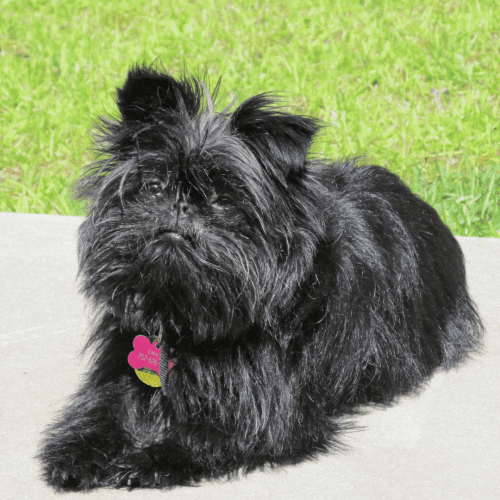
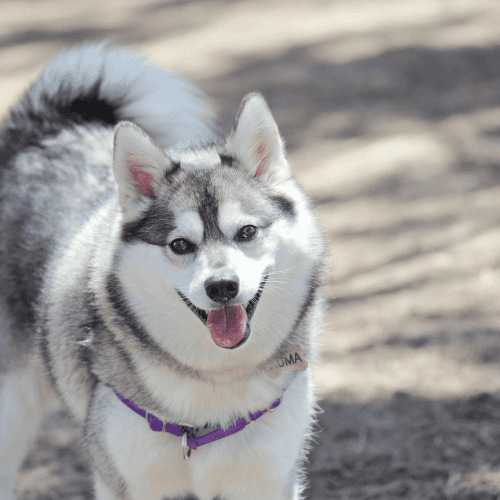
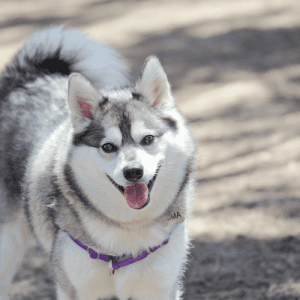
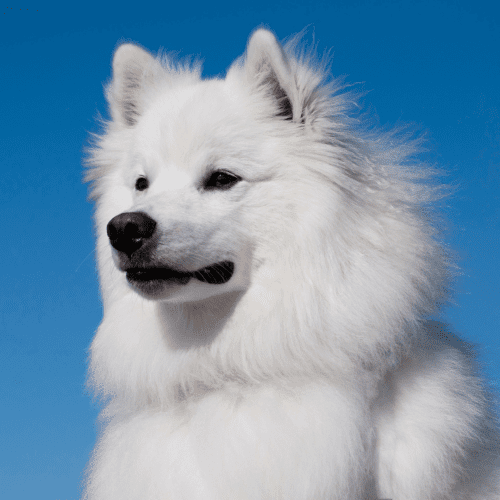
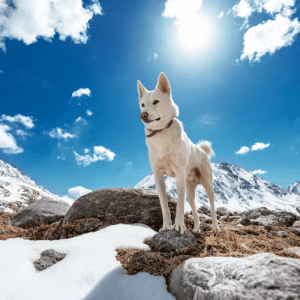
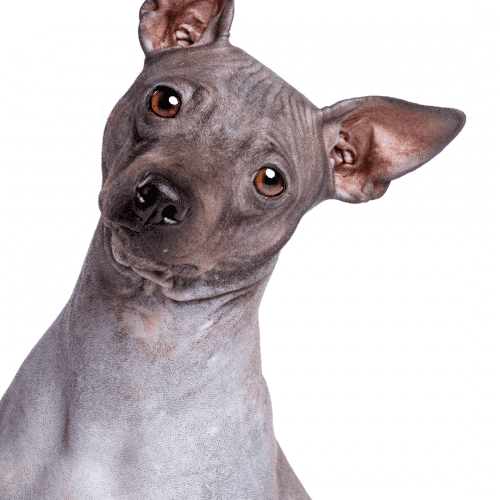
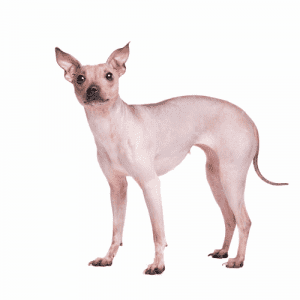
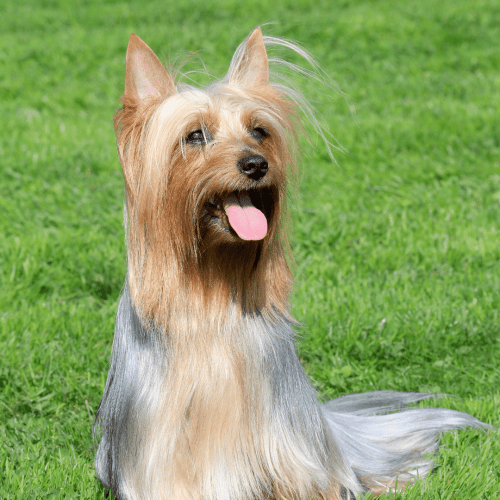
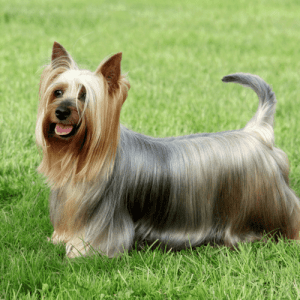
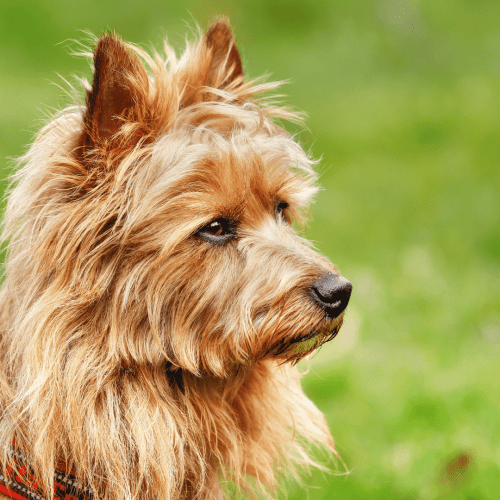

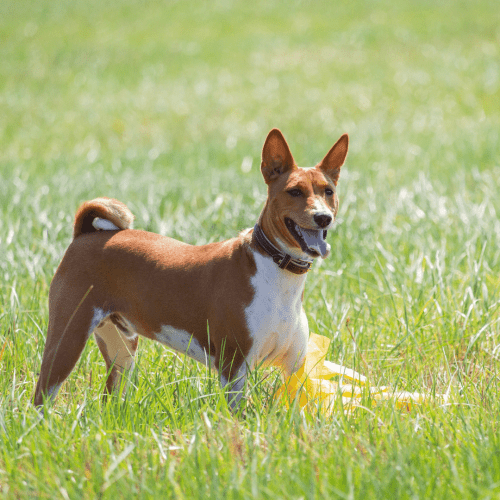

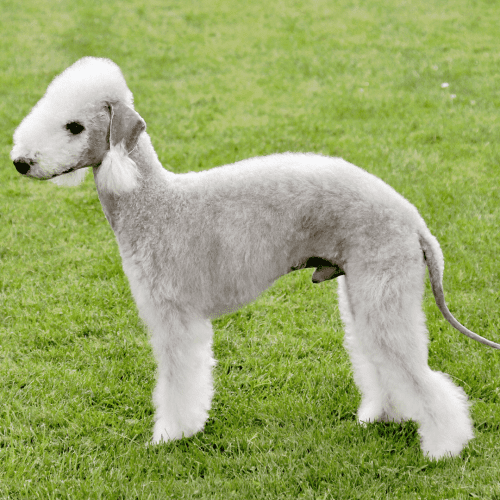
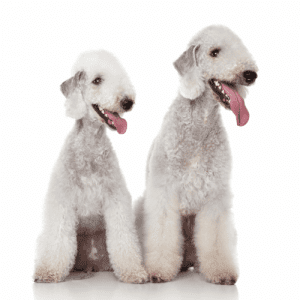
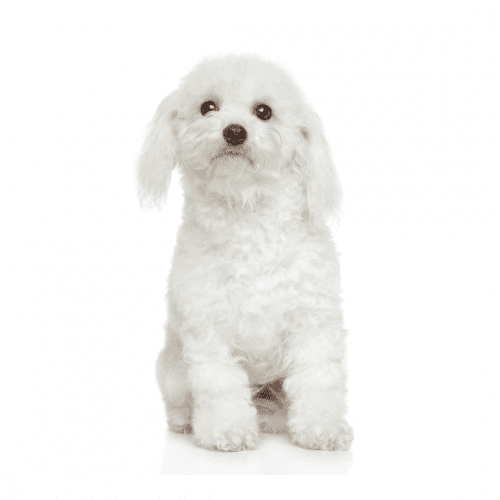


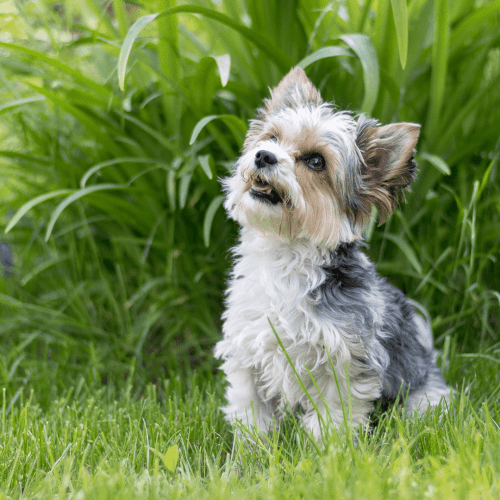

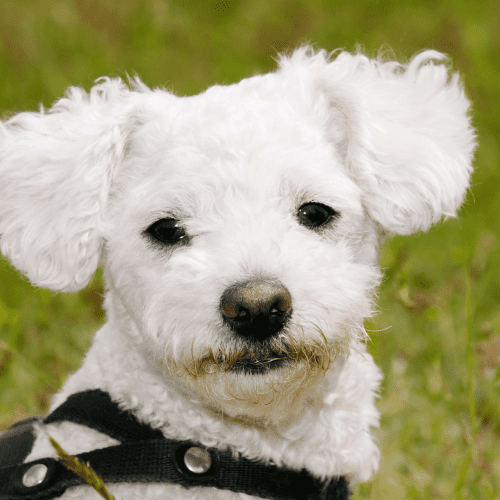

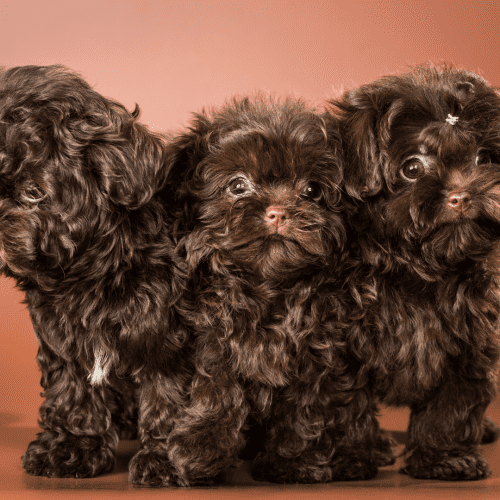

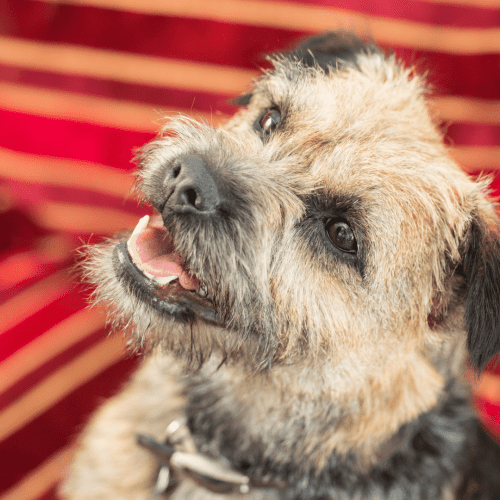
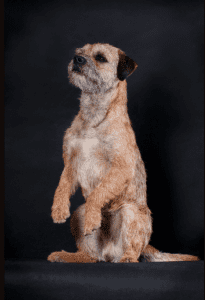
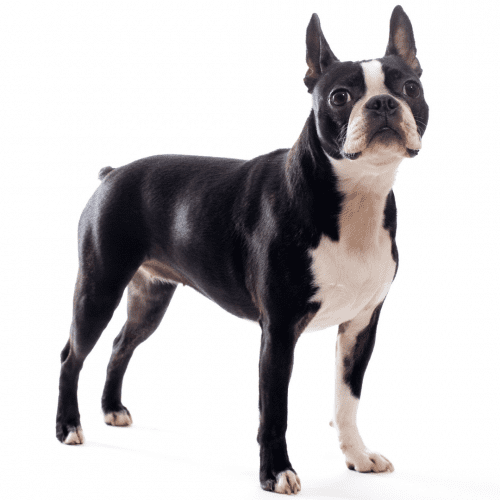

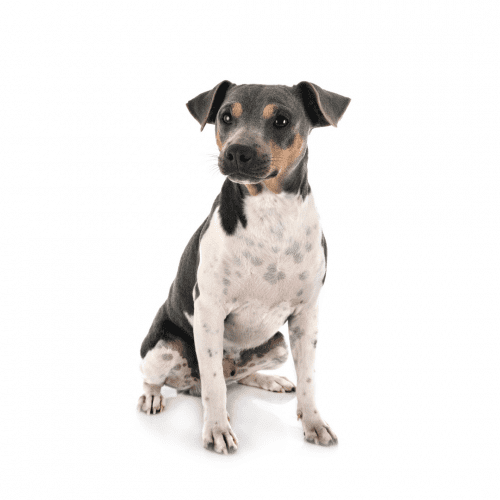
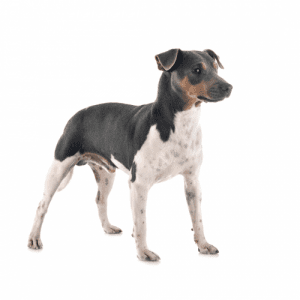
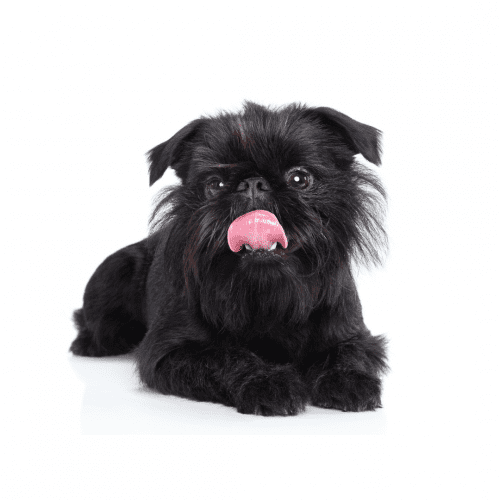
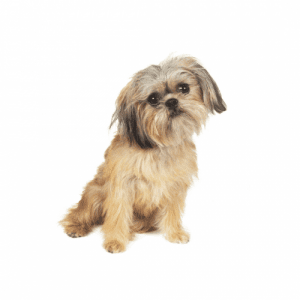
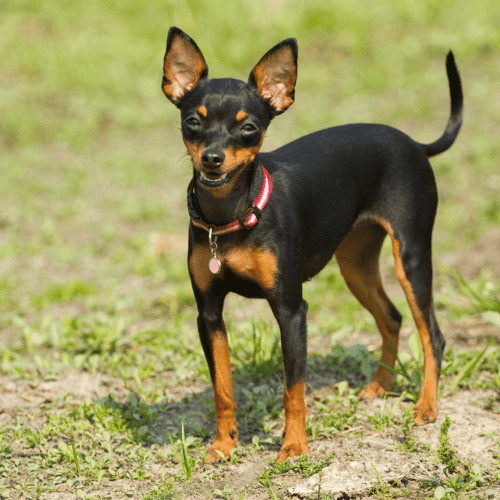
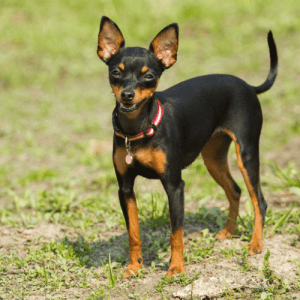
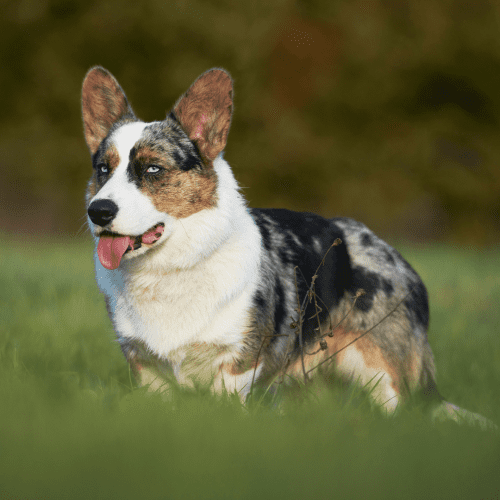
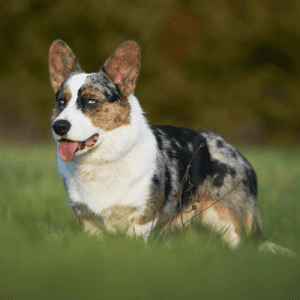
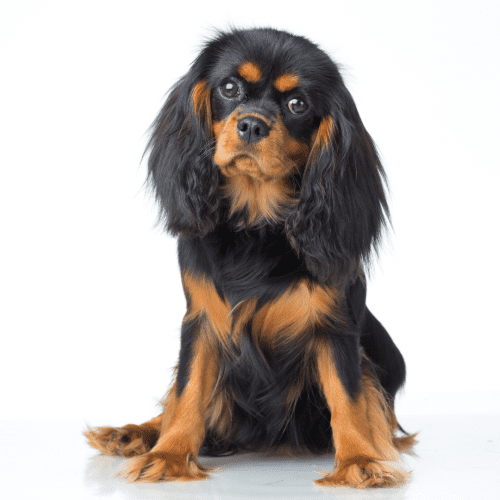
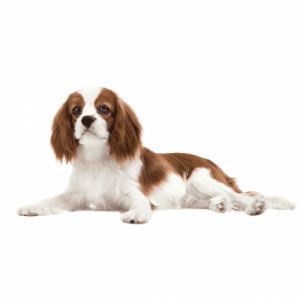
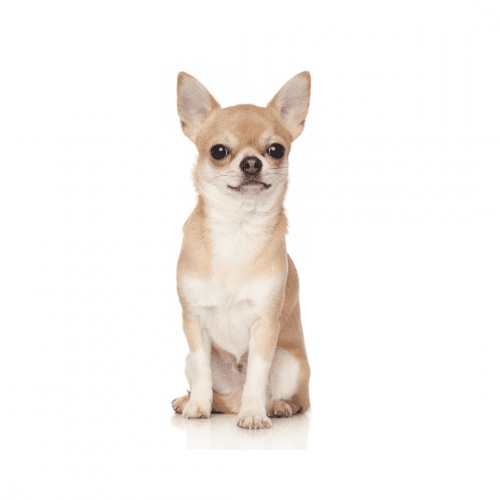





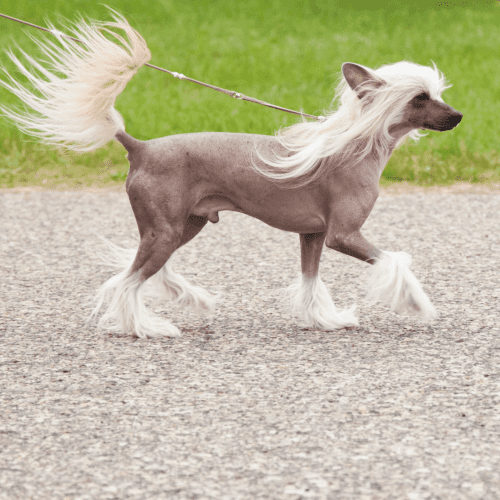
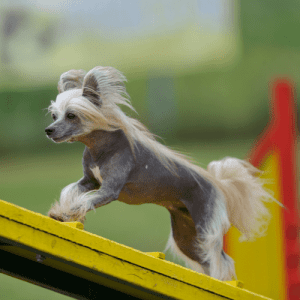
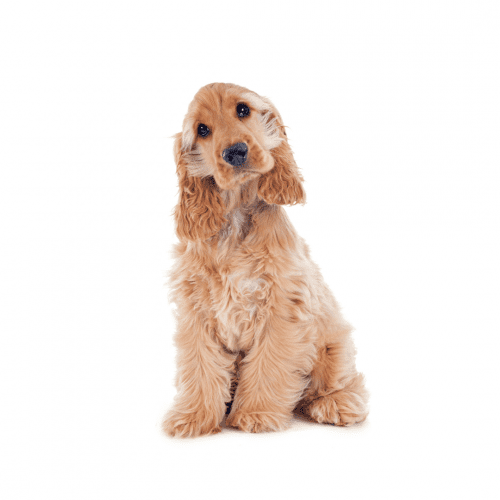

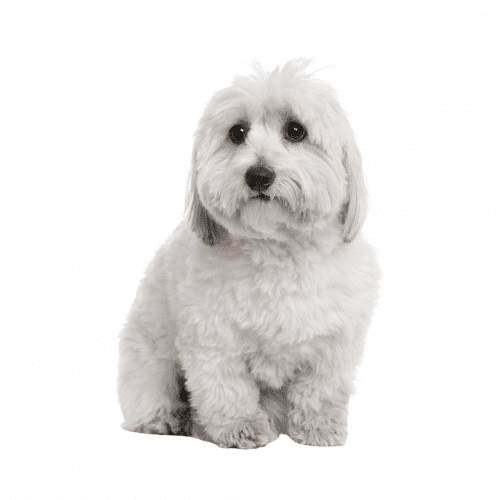
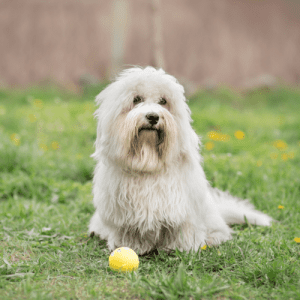
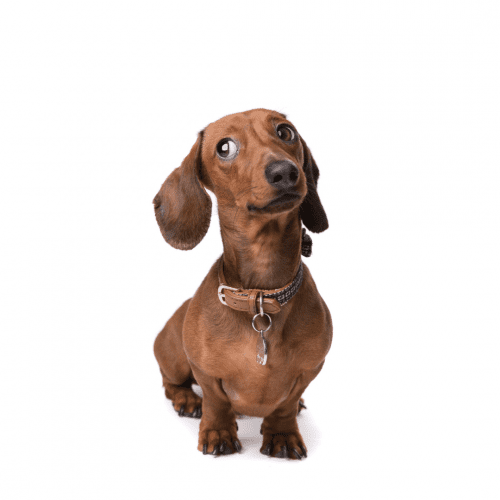

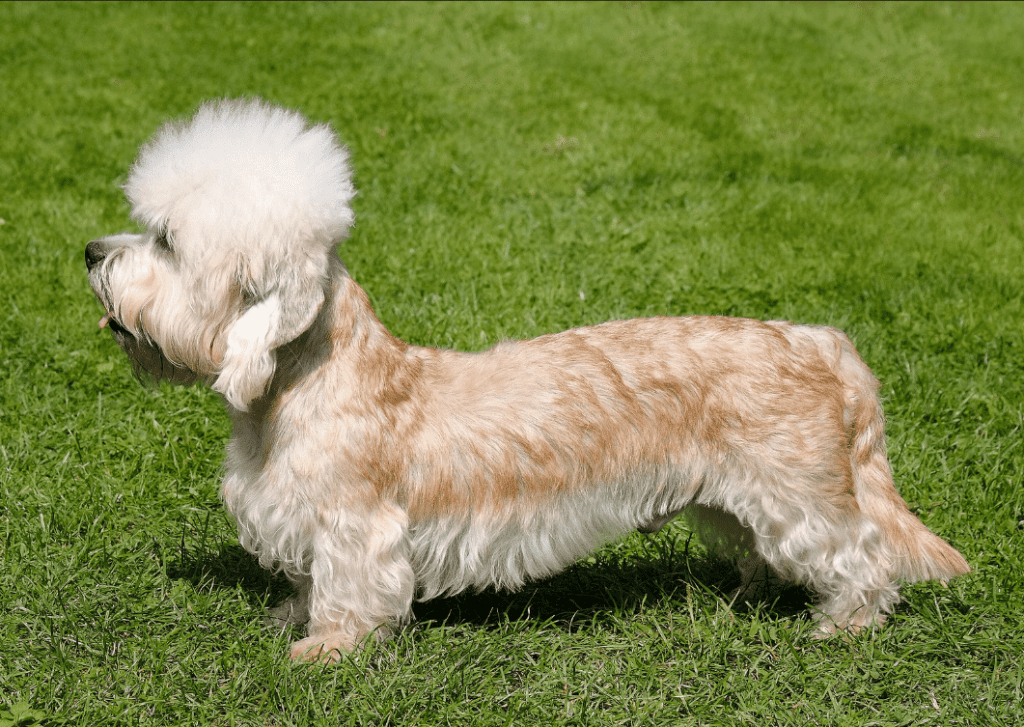
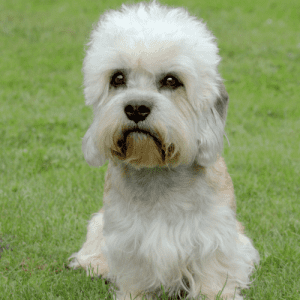
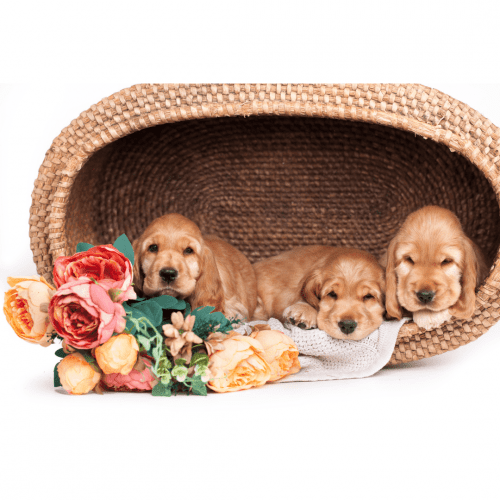
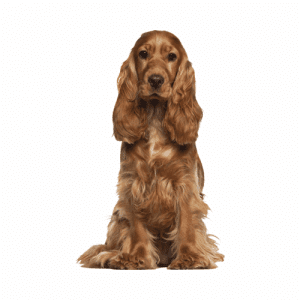
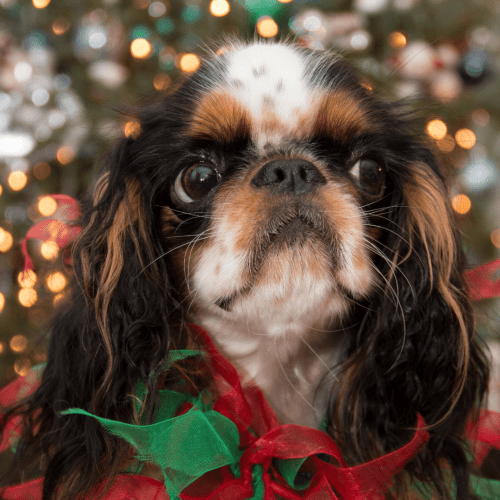
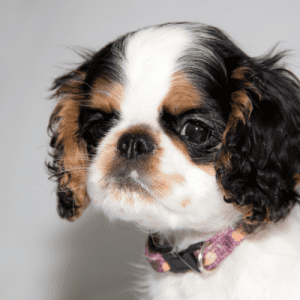
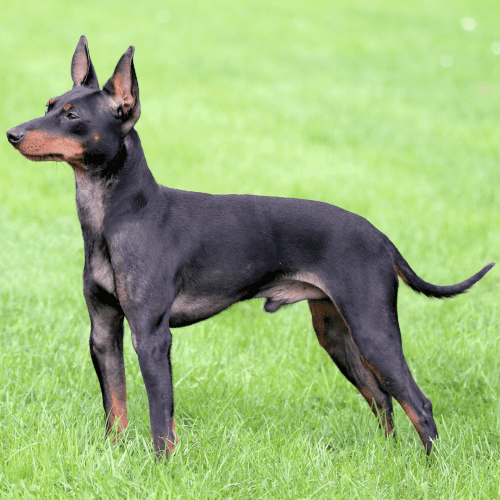

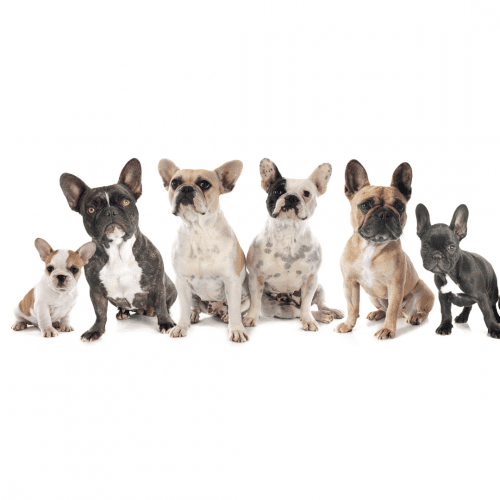

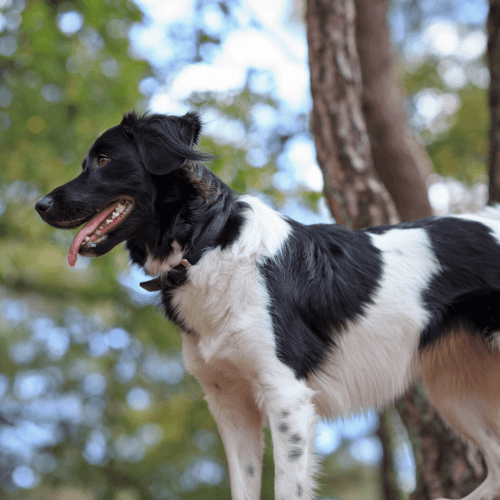
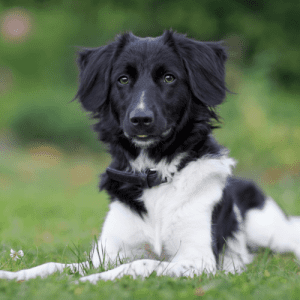
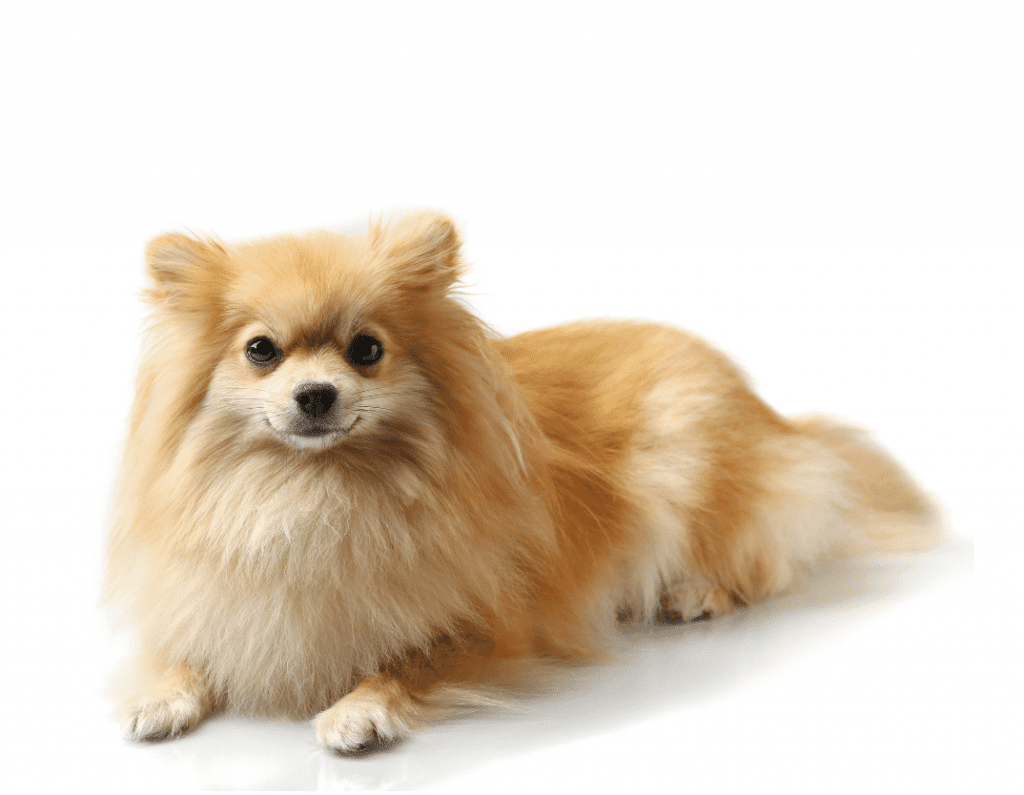
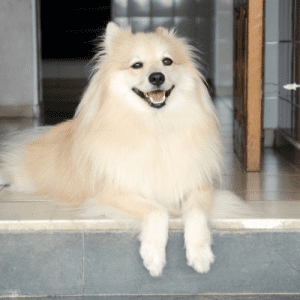
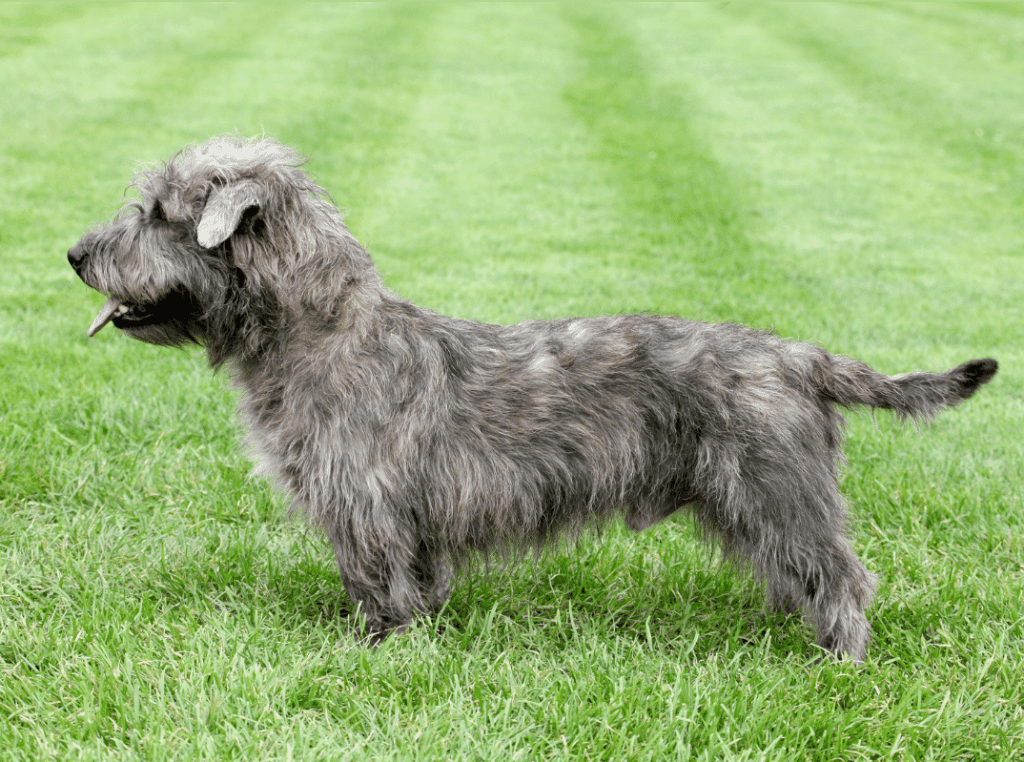
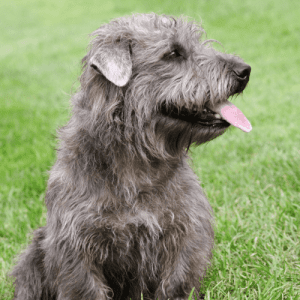
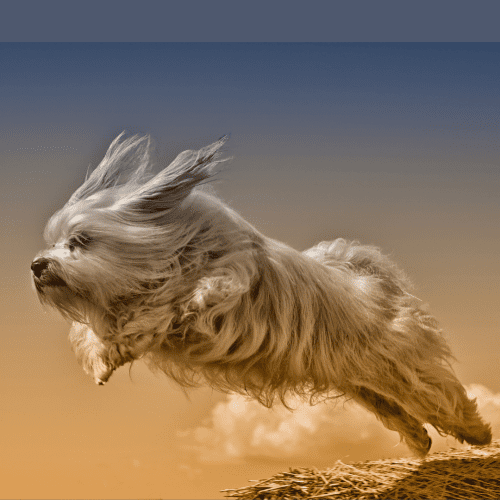

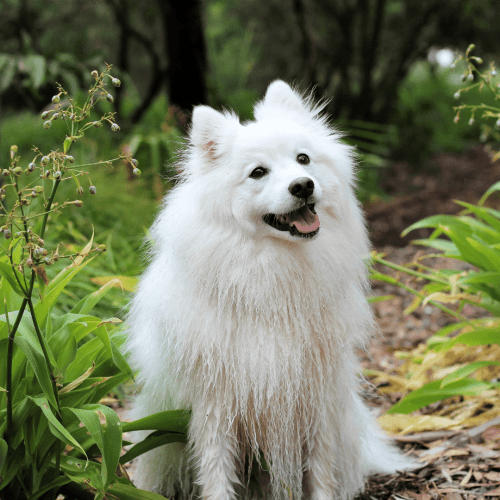

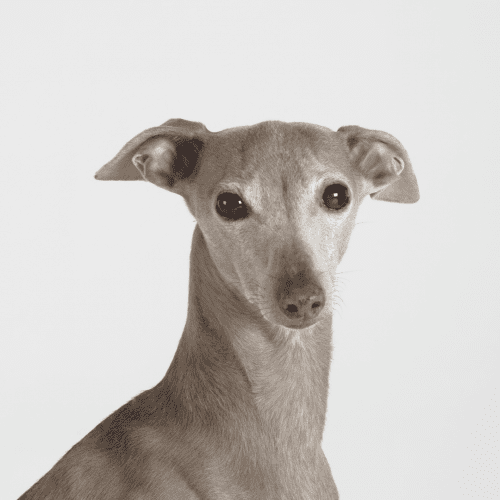

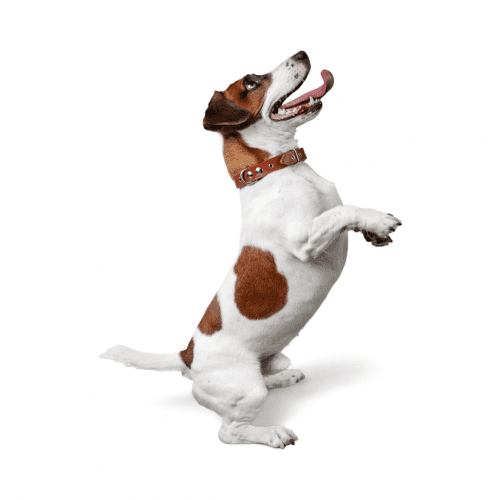

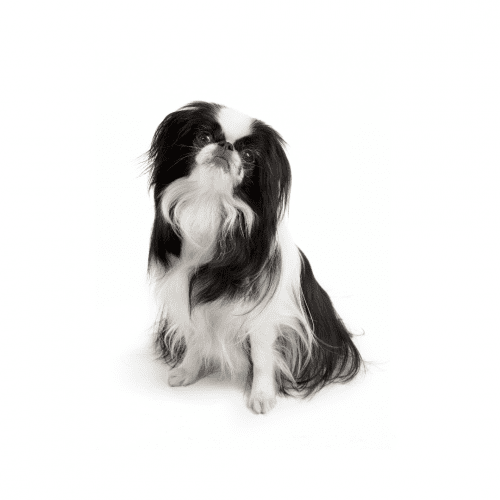

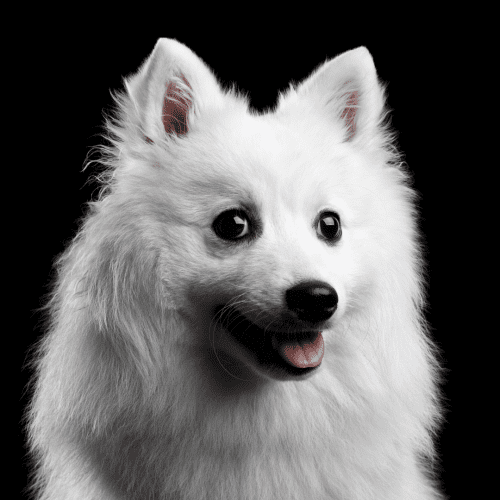
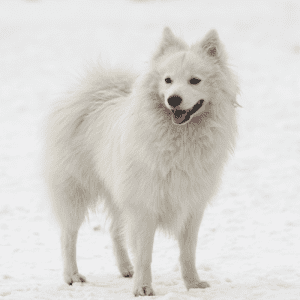
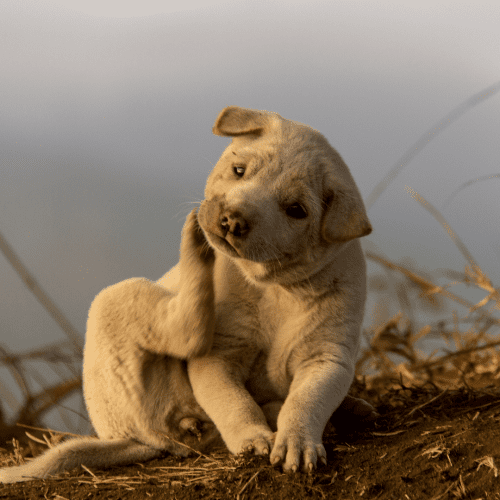
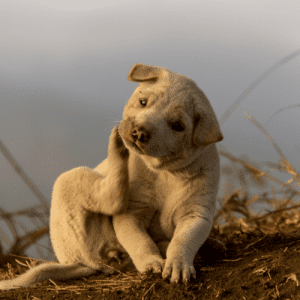
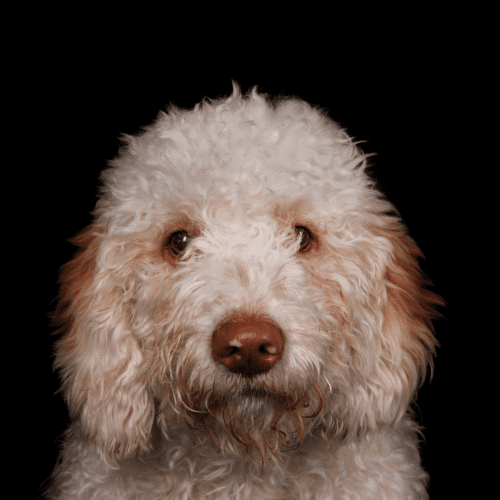

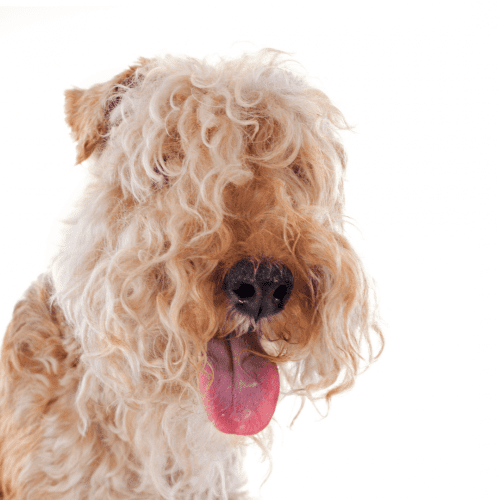

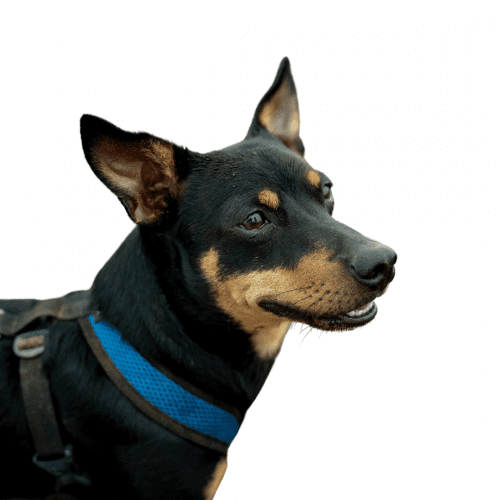
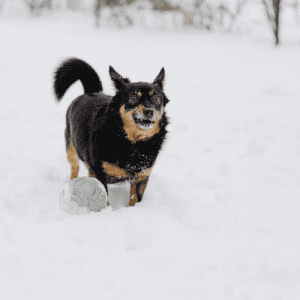
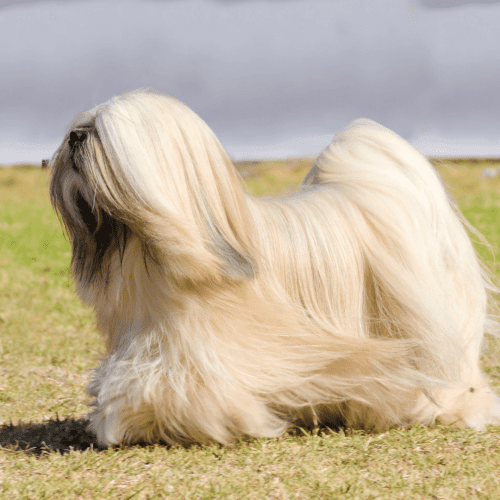

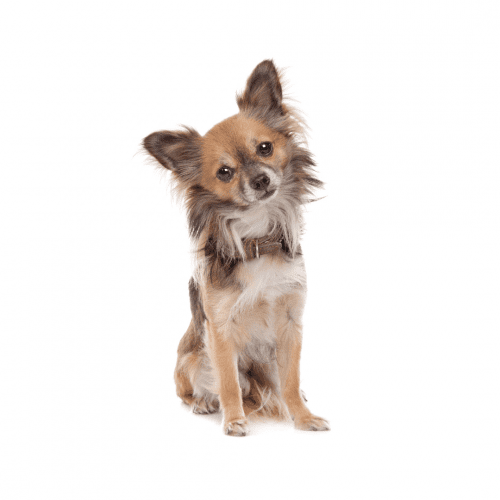

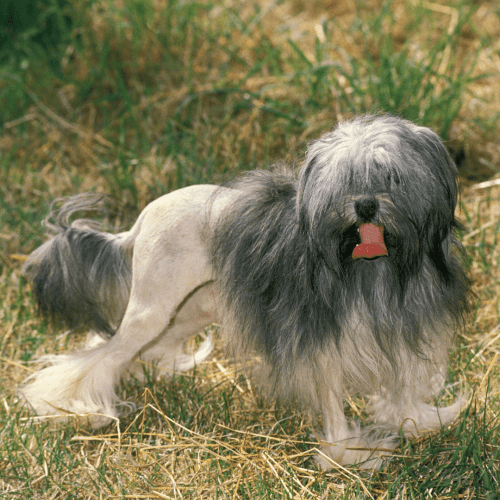

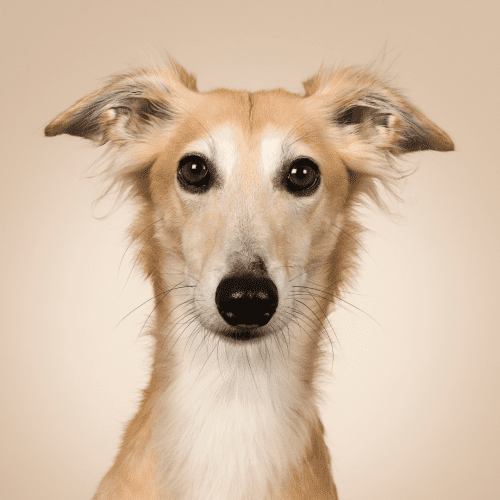
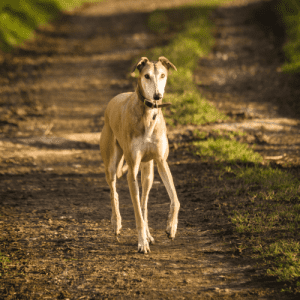
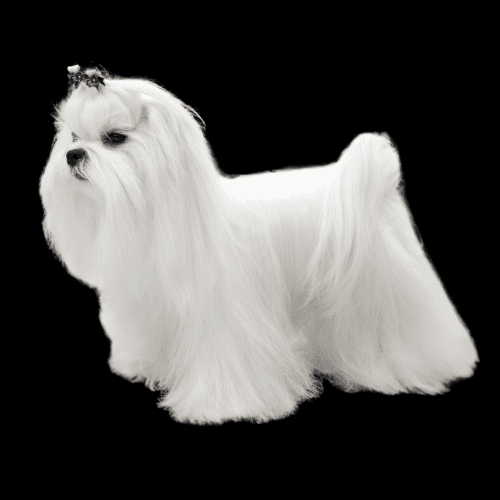

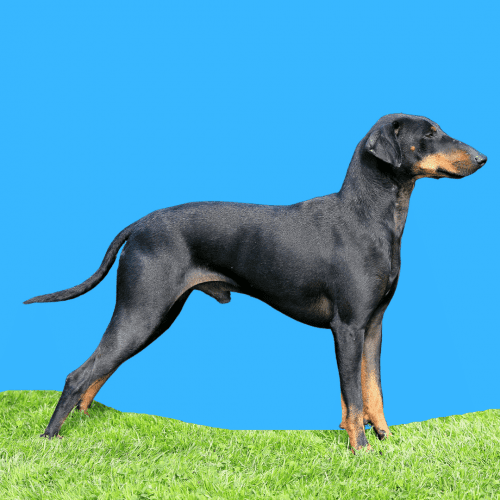
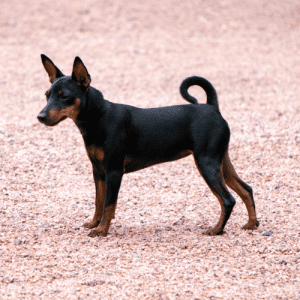
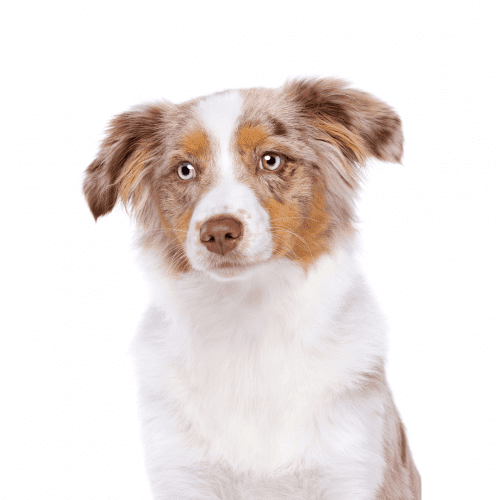

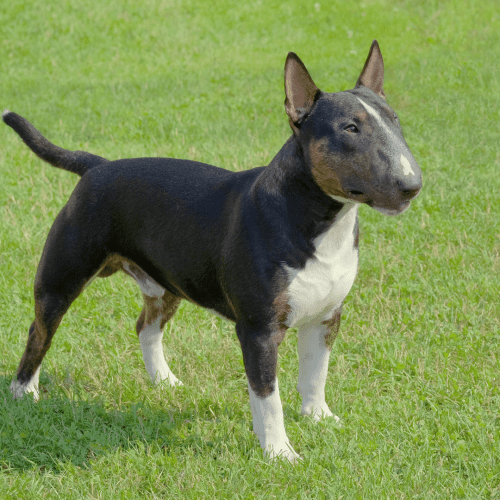

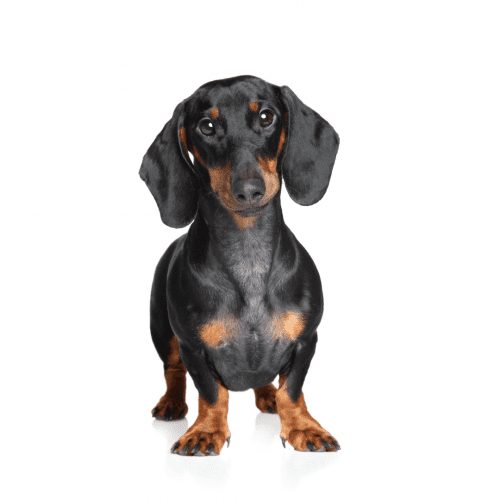

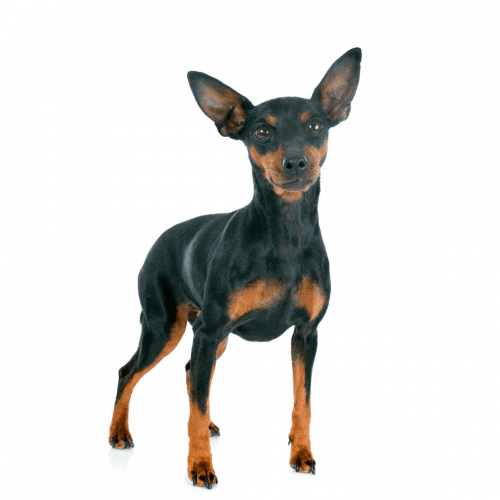
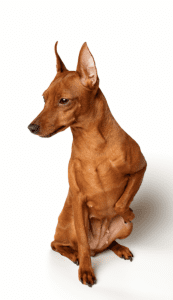
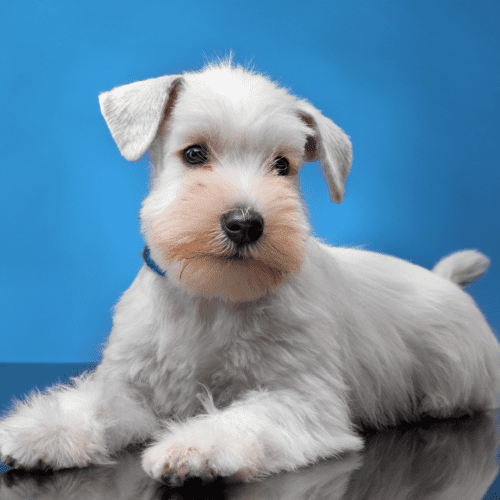

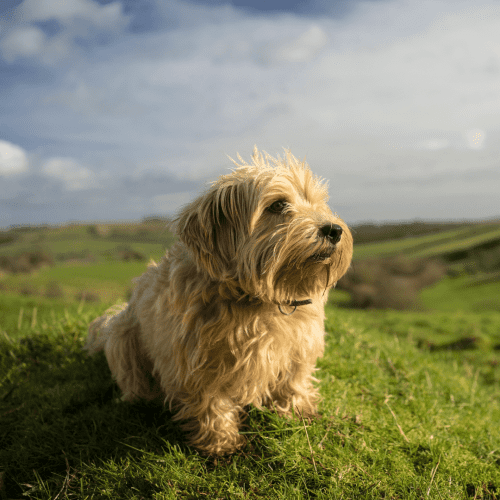

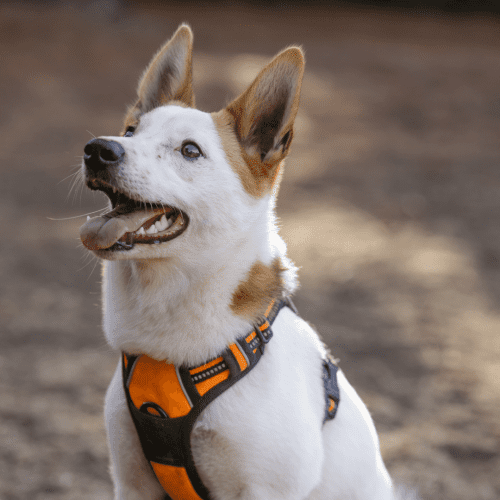

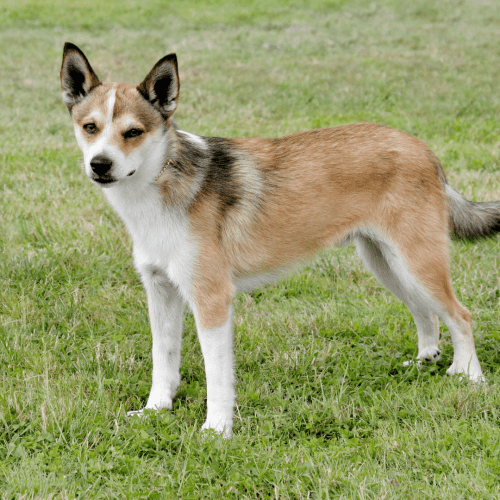

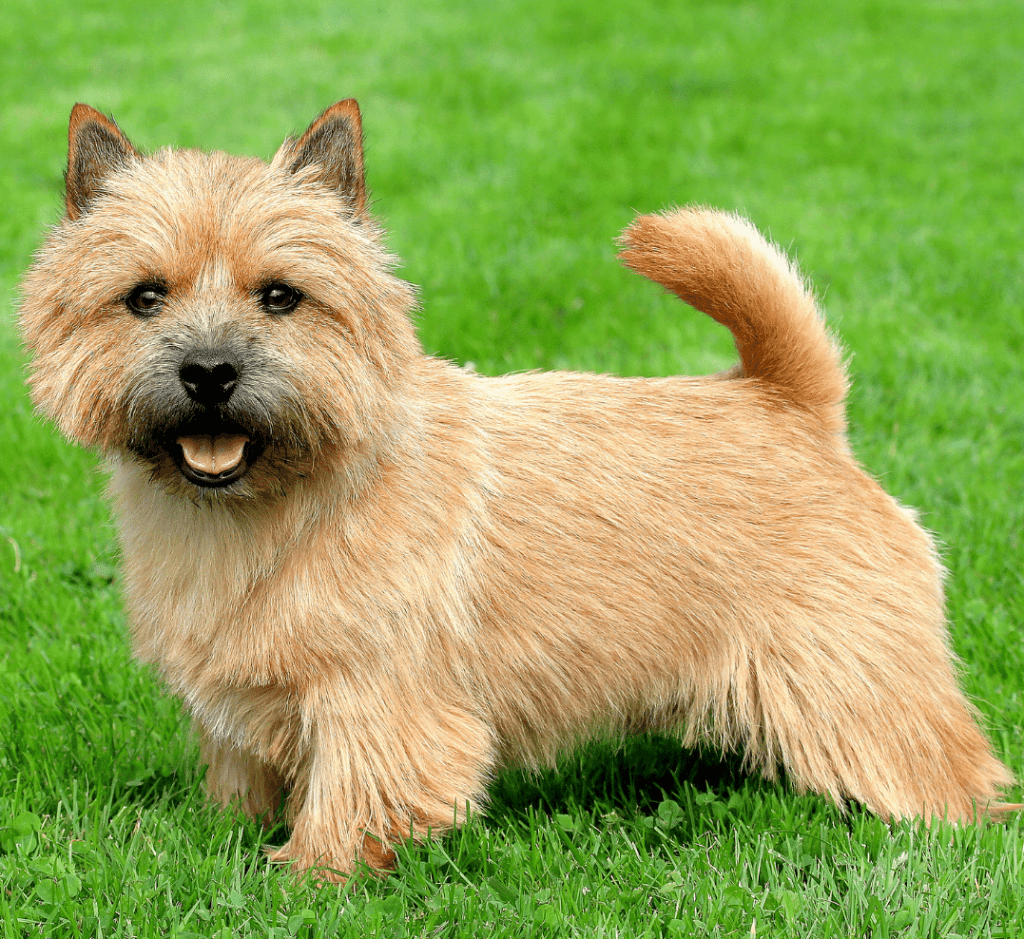

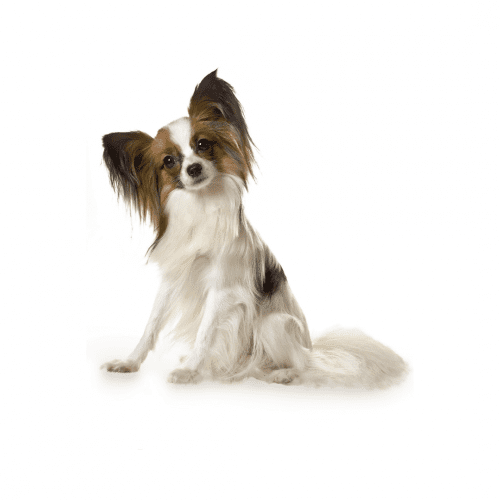
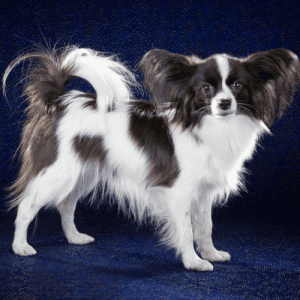
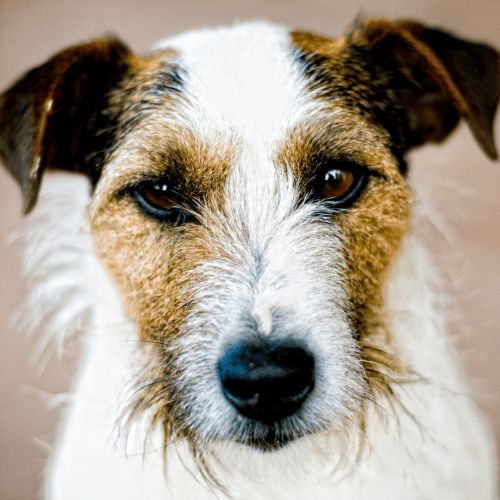
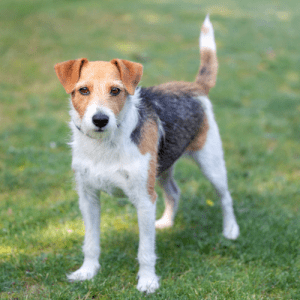
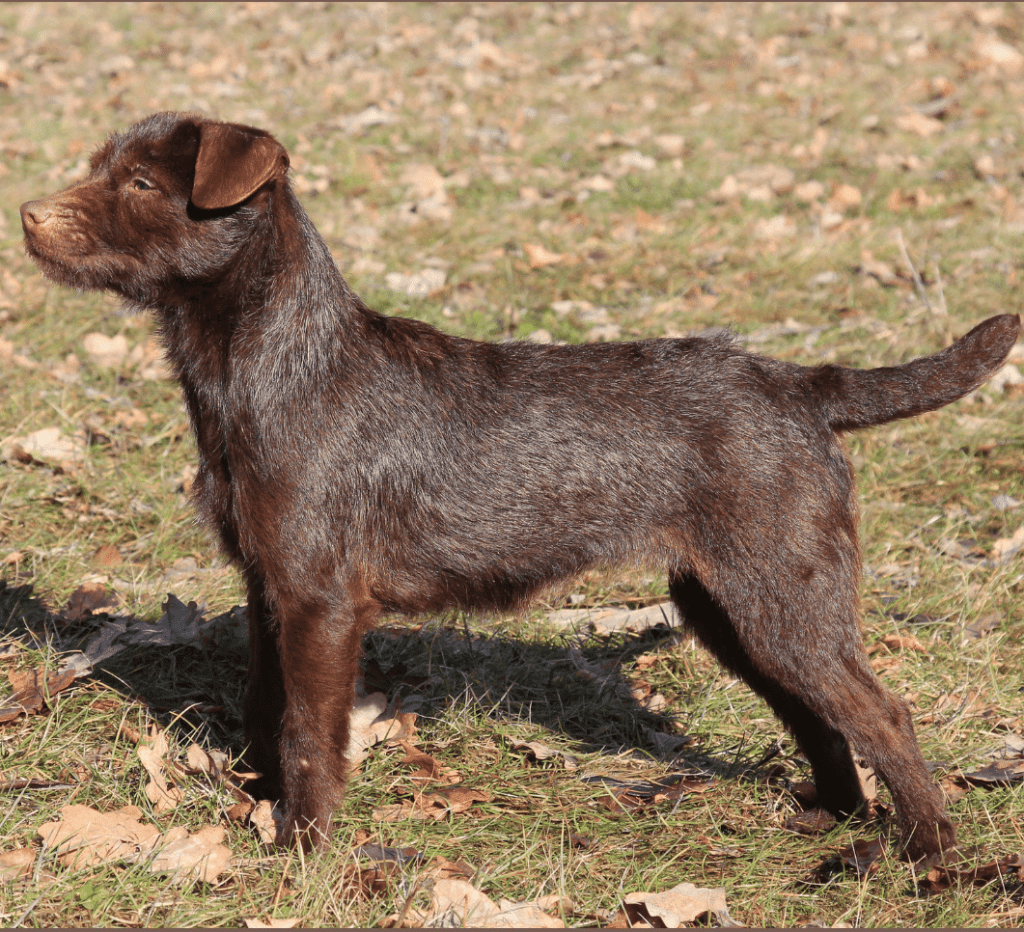
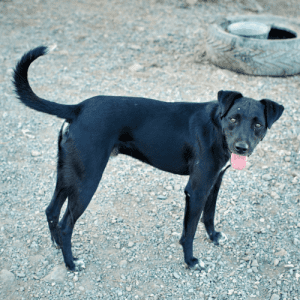
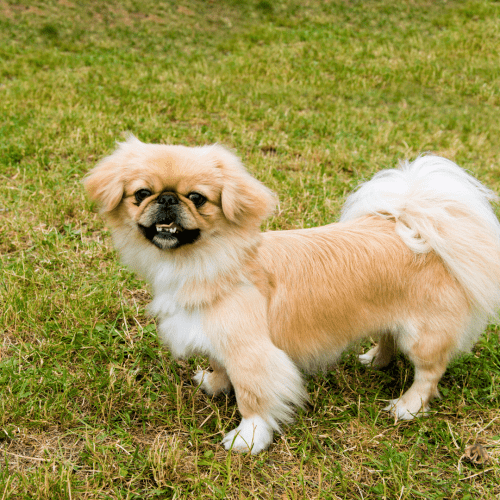

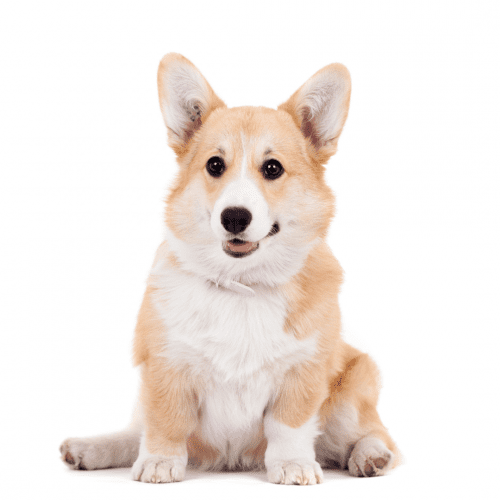
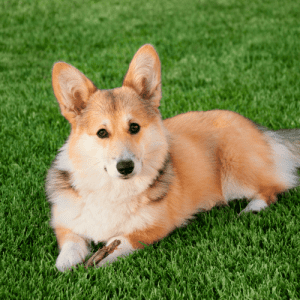
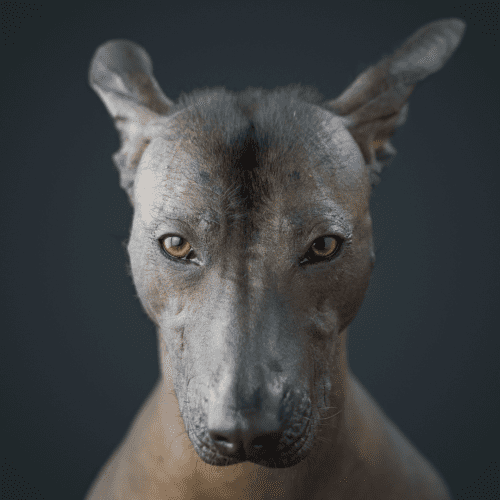

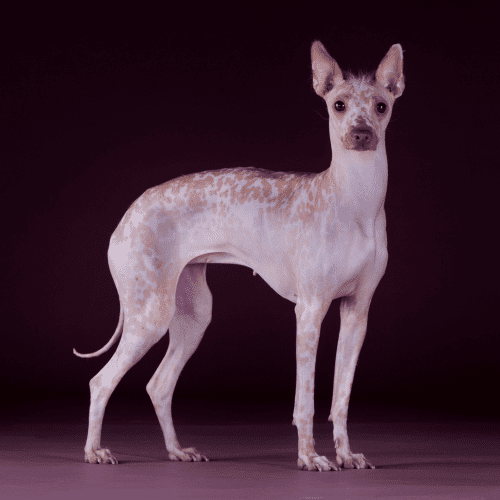

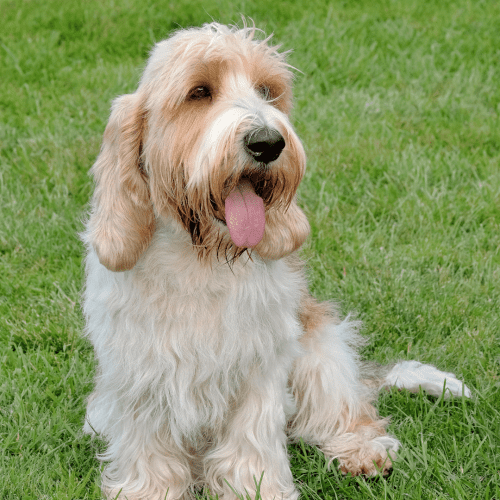

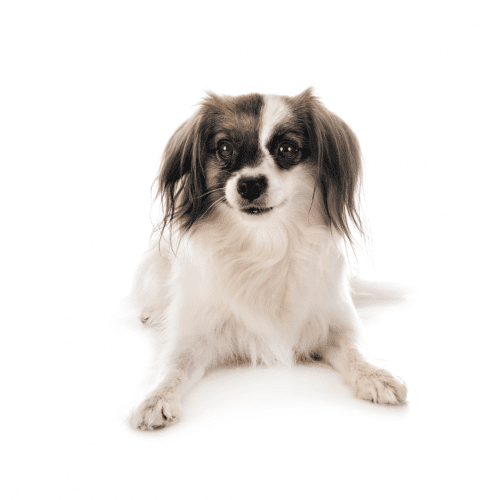

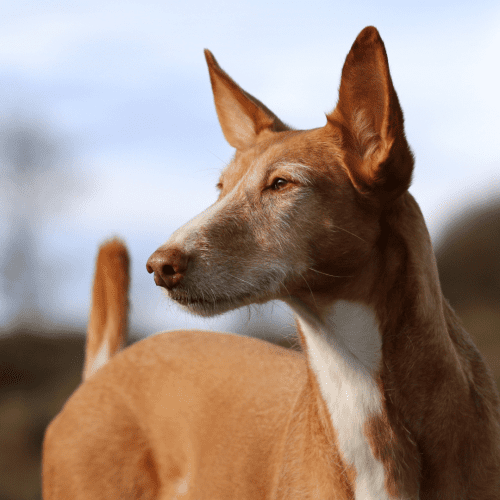
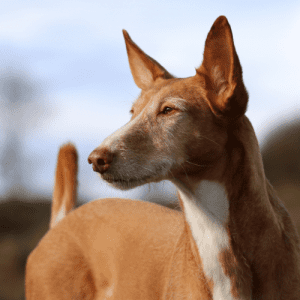
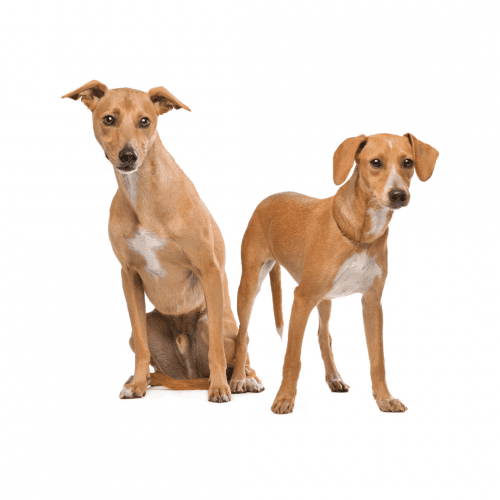

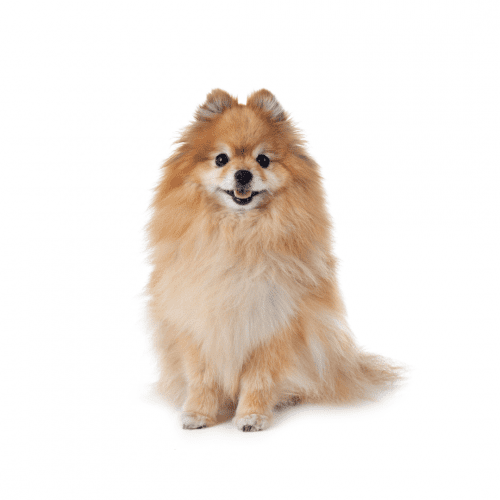

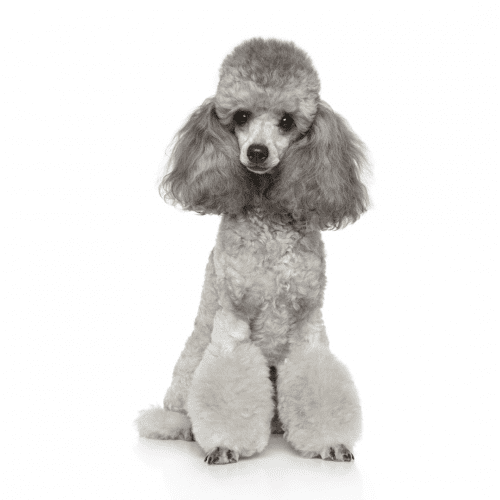

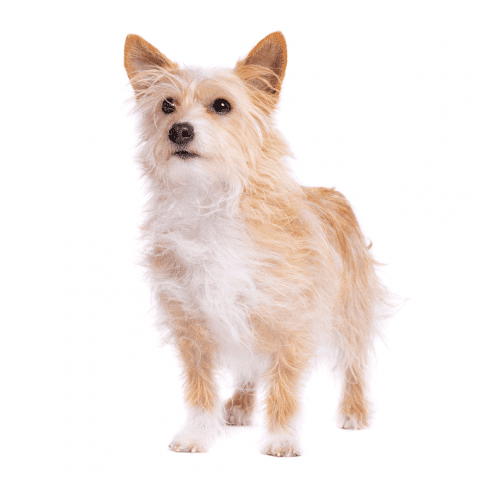
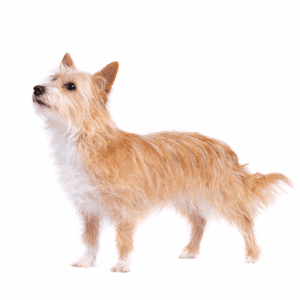
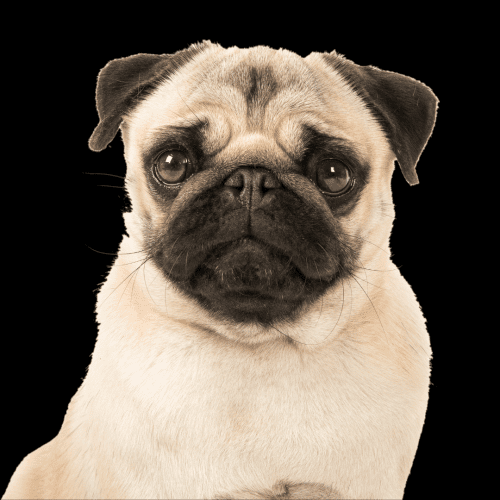

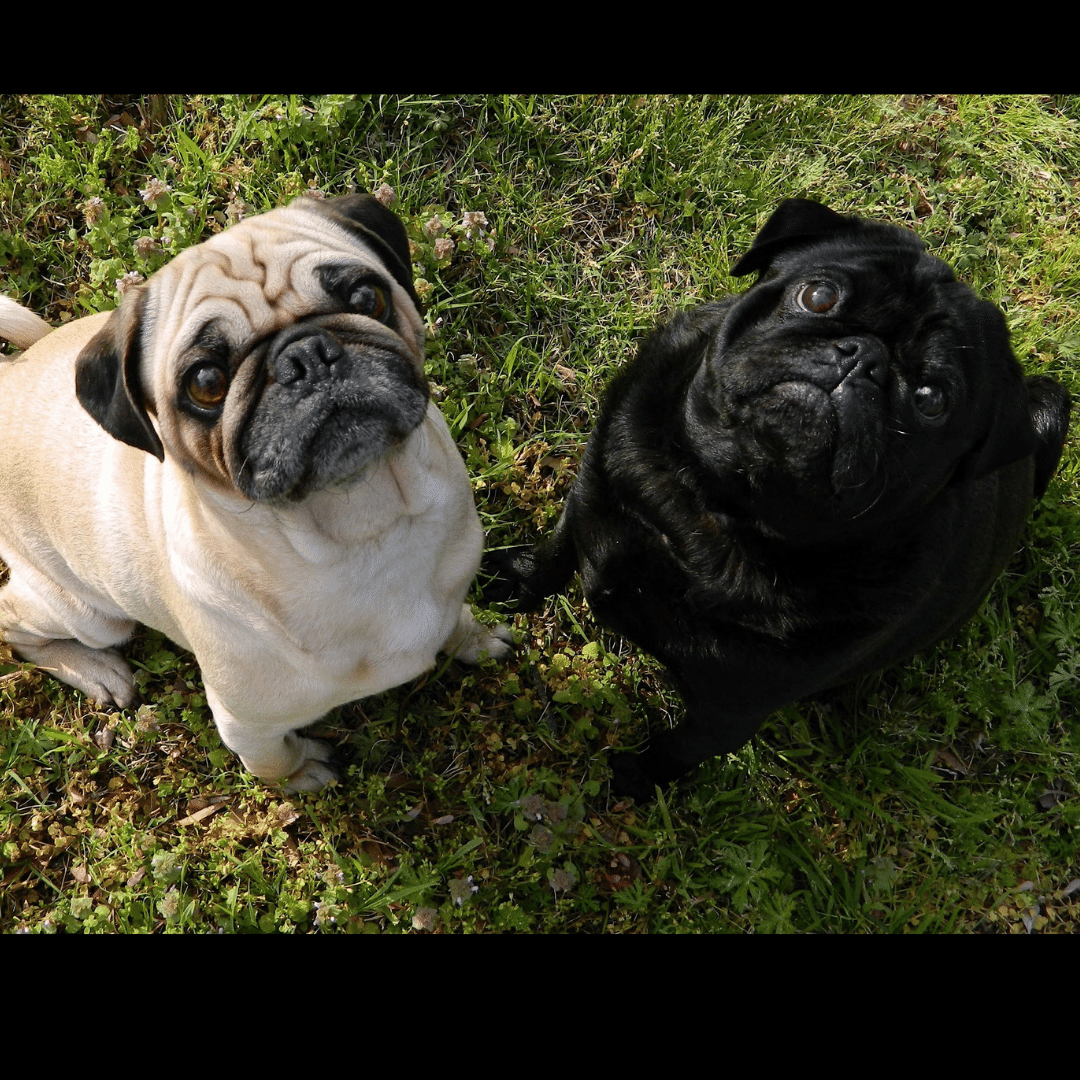
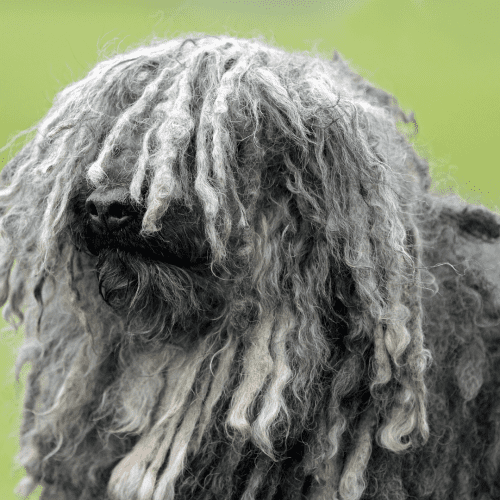

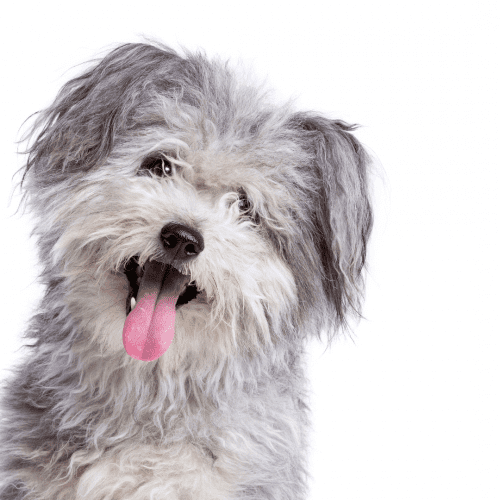

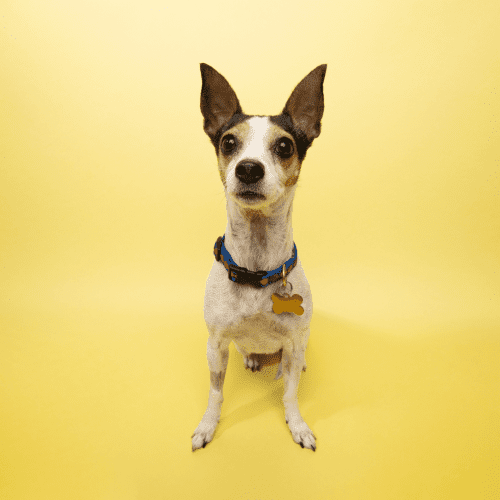

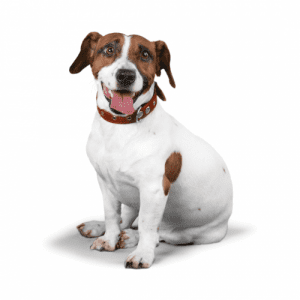
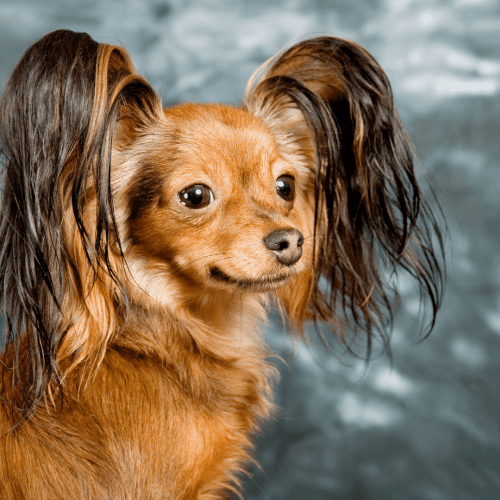
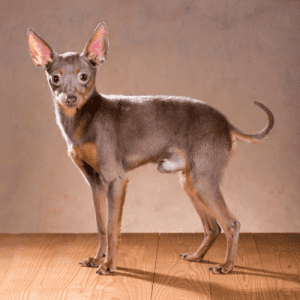
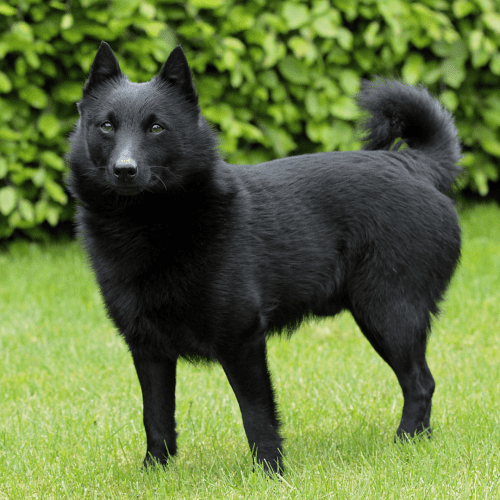

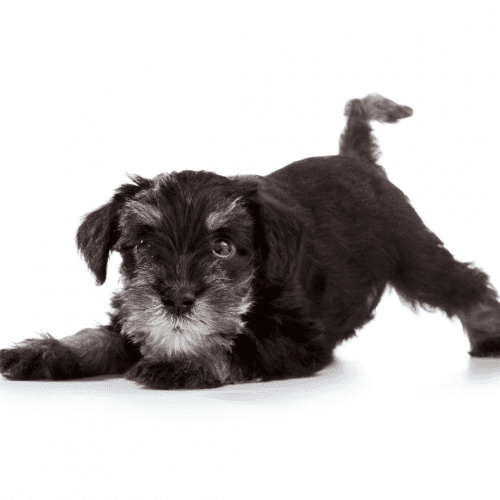

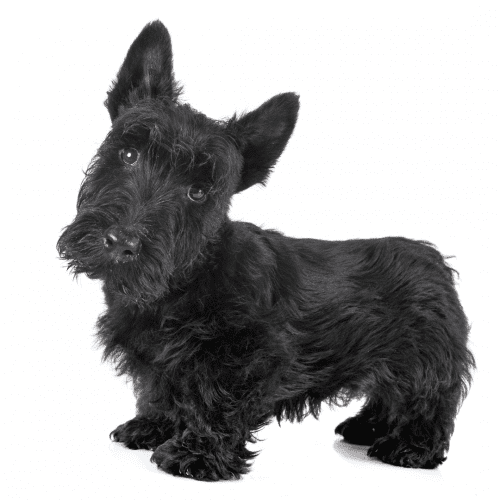
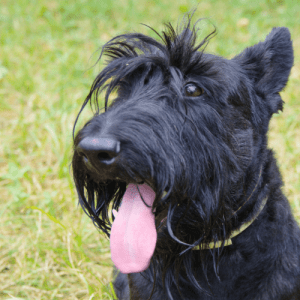 What Is The History Of The Scottish Terrier Dog Breed?
What Is The History Of The Scottish Terrier Dog Breed?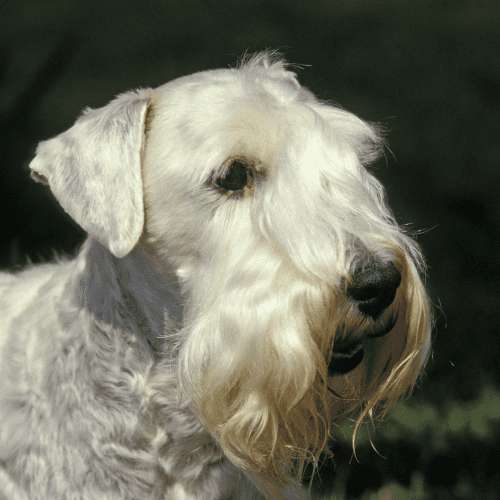
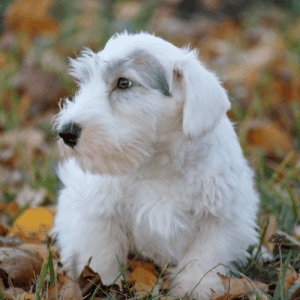 What Is The History Of The Sealyham Terrier Dog Breed?
What Is The History Of The Sealyham Terrier Dog Breed?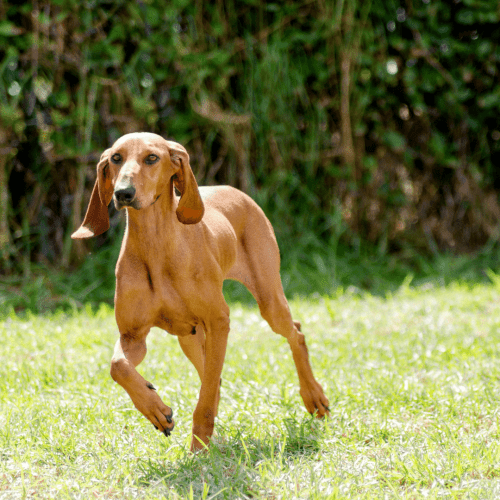
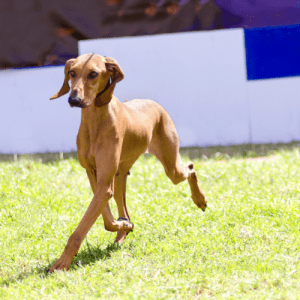 What Is The History Of The Segugio Italiano Dog Breed?
What Is The History Of The Segugio Italiano Dog Breed?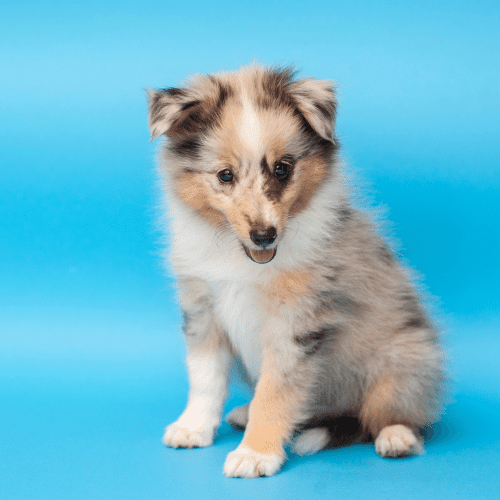
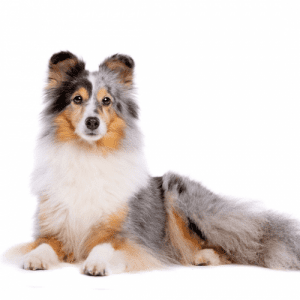 What Is The History Of The Shetland Sheepdog, aka Sheltie Dog Breed?
What Is The History Of The Shetland Sheepdog, aka Sheltie Dog Breed?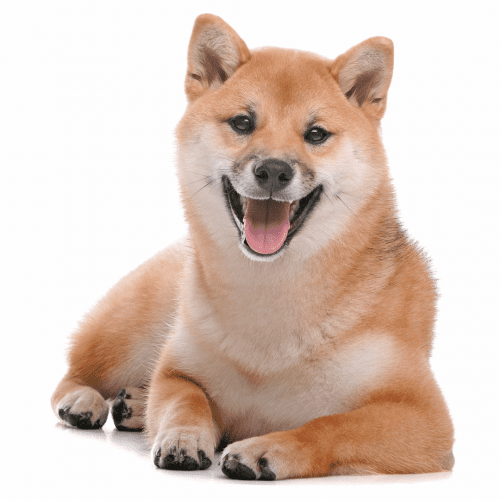
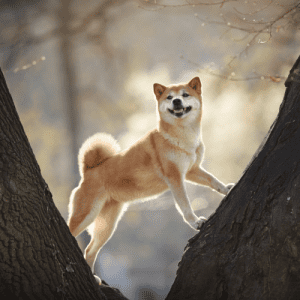 What Is The History Of The Shiba Inu Dog Breed?
What Is The History Of The Shiba Inu Dog Breed?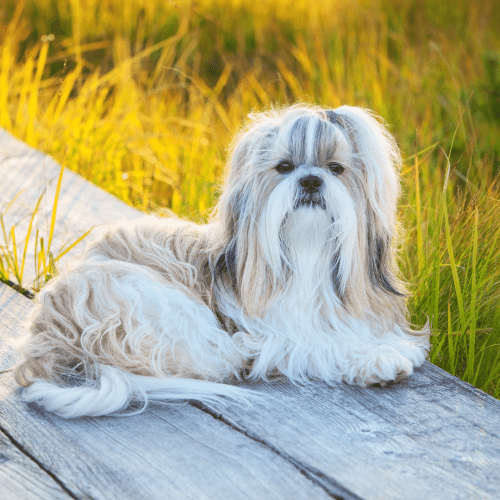
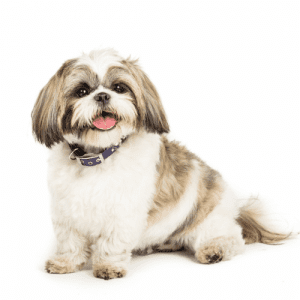 What Is The History Of The Shih Tzu Dog Breed?
What Is The History Of The Shih Tzu Dog Breed?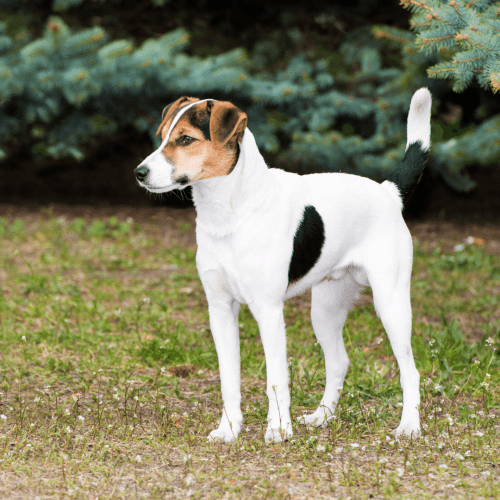
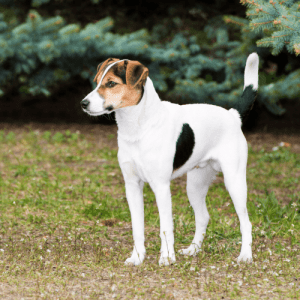 What Is The History Of The Smooth Fox Terrier Breed?
What Is The History Of The Smooth Fox Terrier Breed?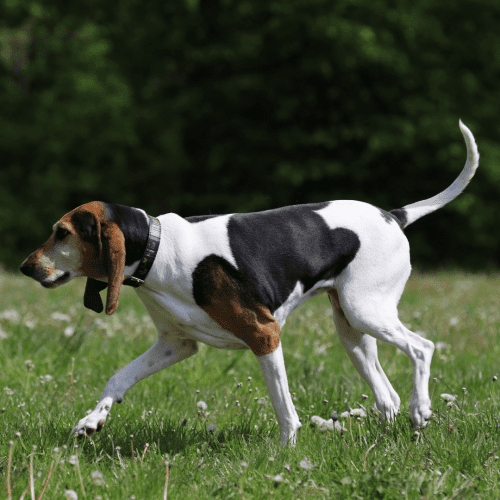
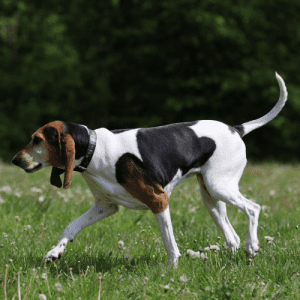 What Is The History Of The Smooth Foxhound Terrier Dog Breed?
What Is The History Of The Smooth Foxhound Terrier Dog Breed?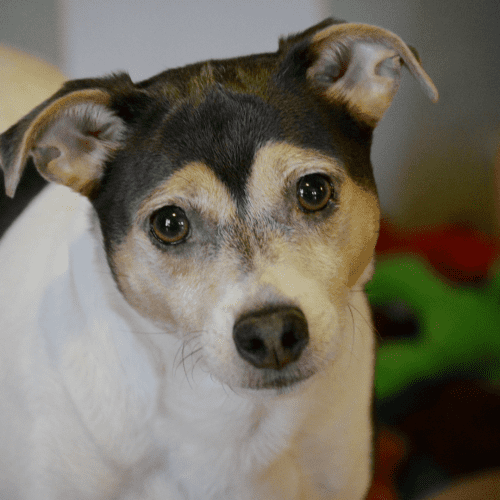
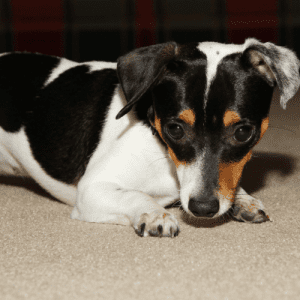
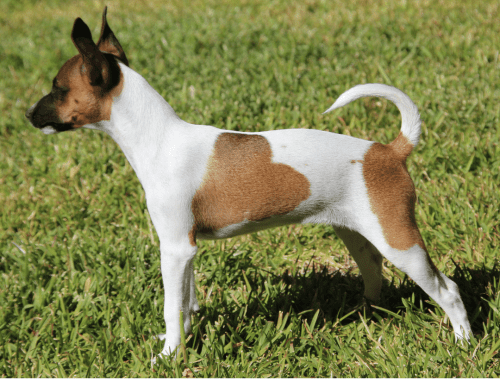
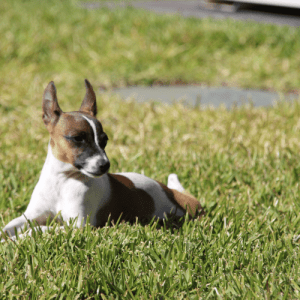
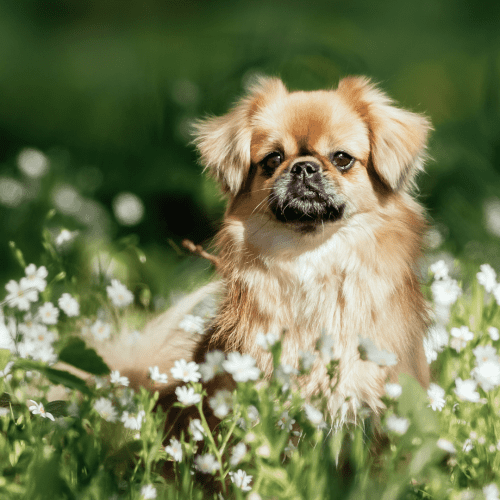

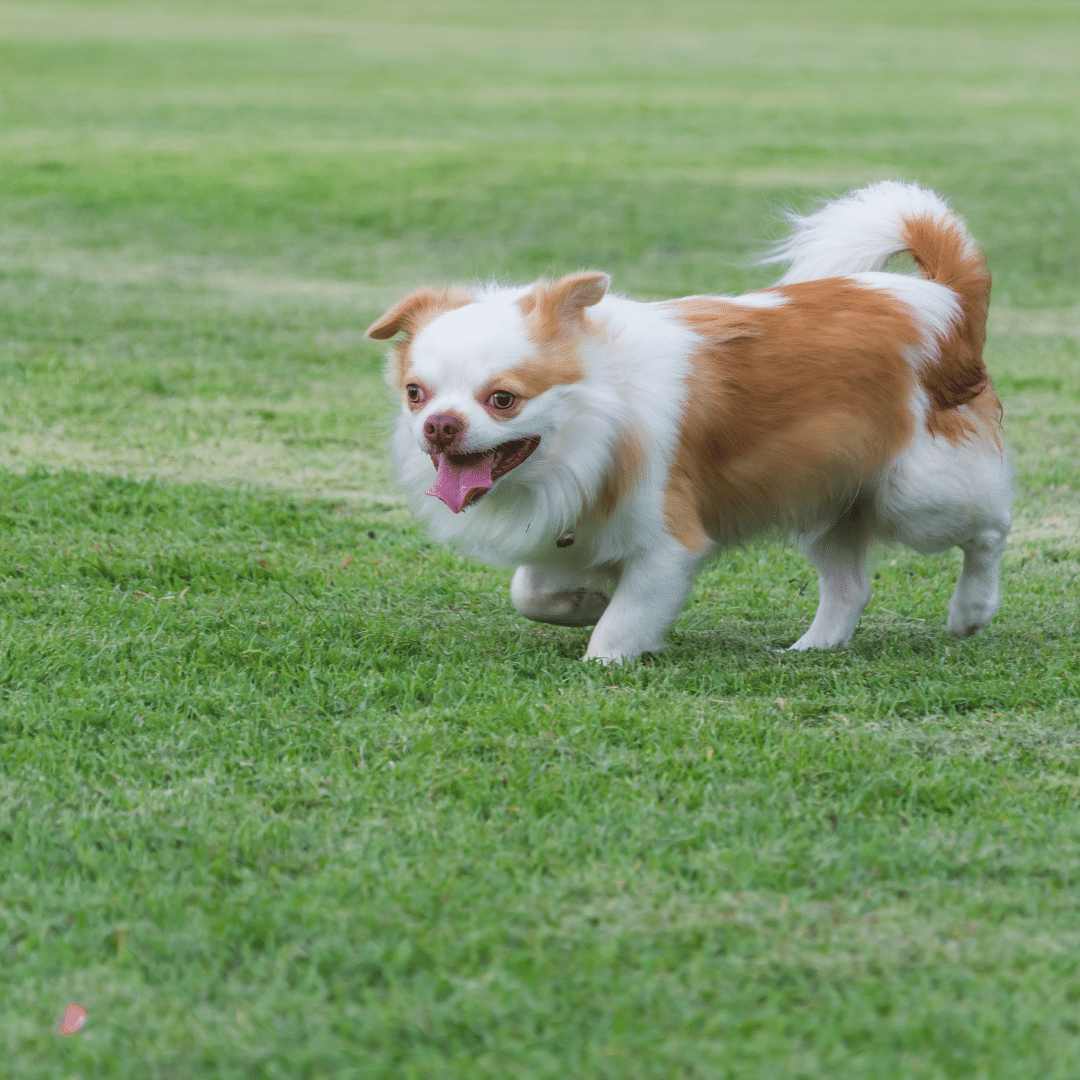 Dog?
Dog?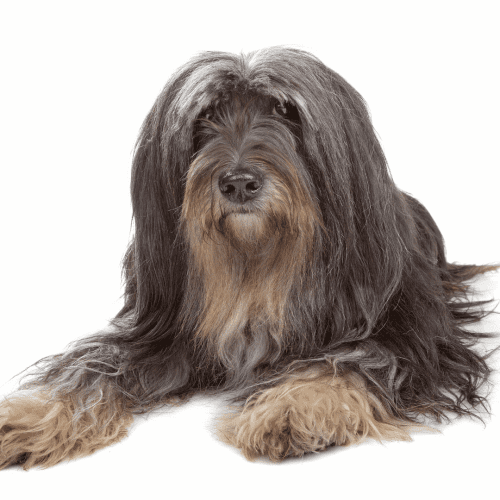

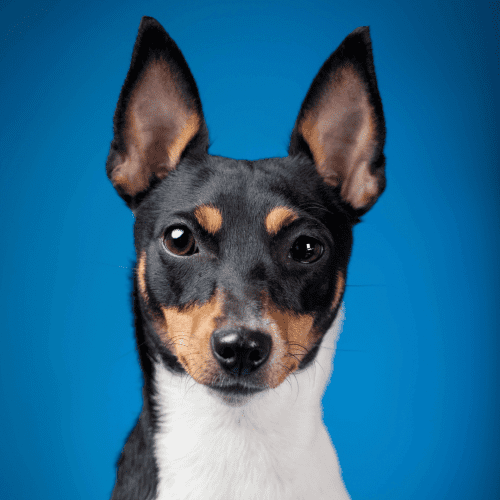

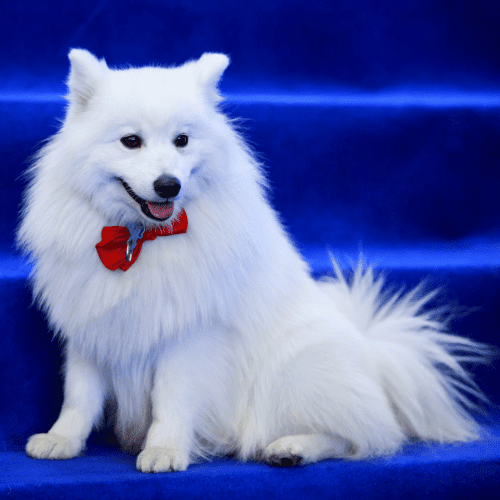
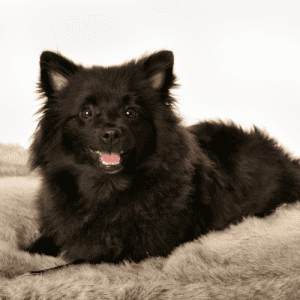
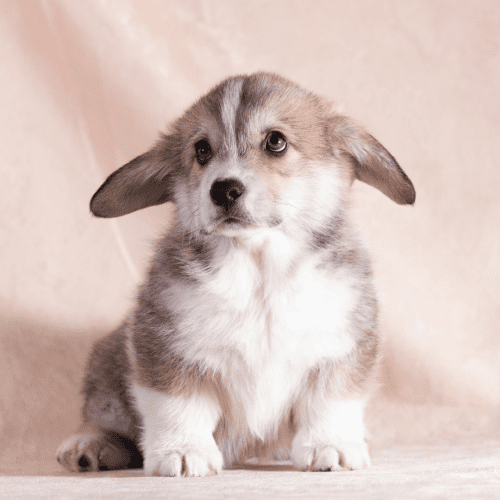

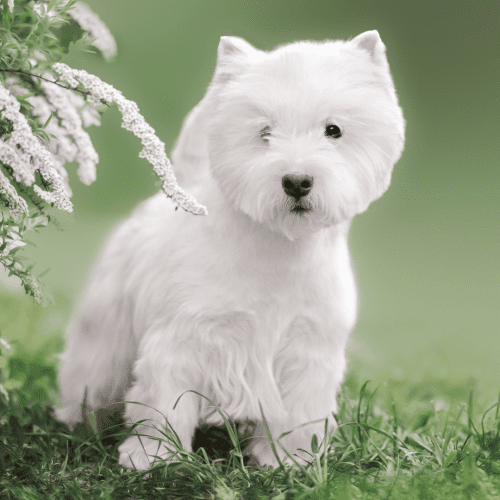
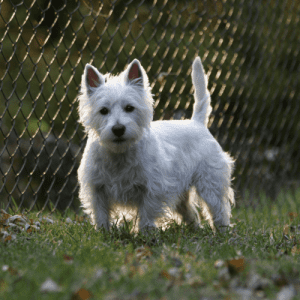
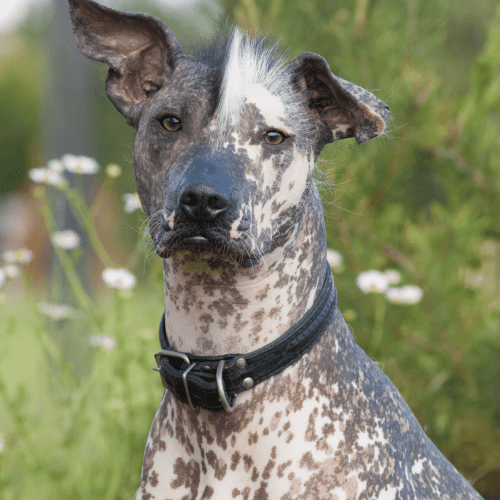
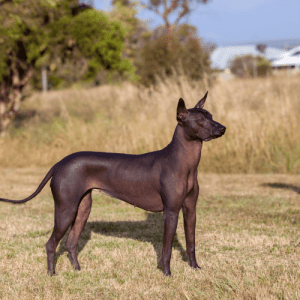 What Is The History Of The Xoloitzcuintle Dog Breed (aka Xoloitzcuintli, Mexican Hairless)?
What Is The History Of The Xoloitzcuintle Dog Breed (aka Xoloitzcuintli, Mexican Hairless)?